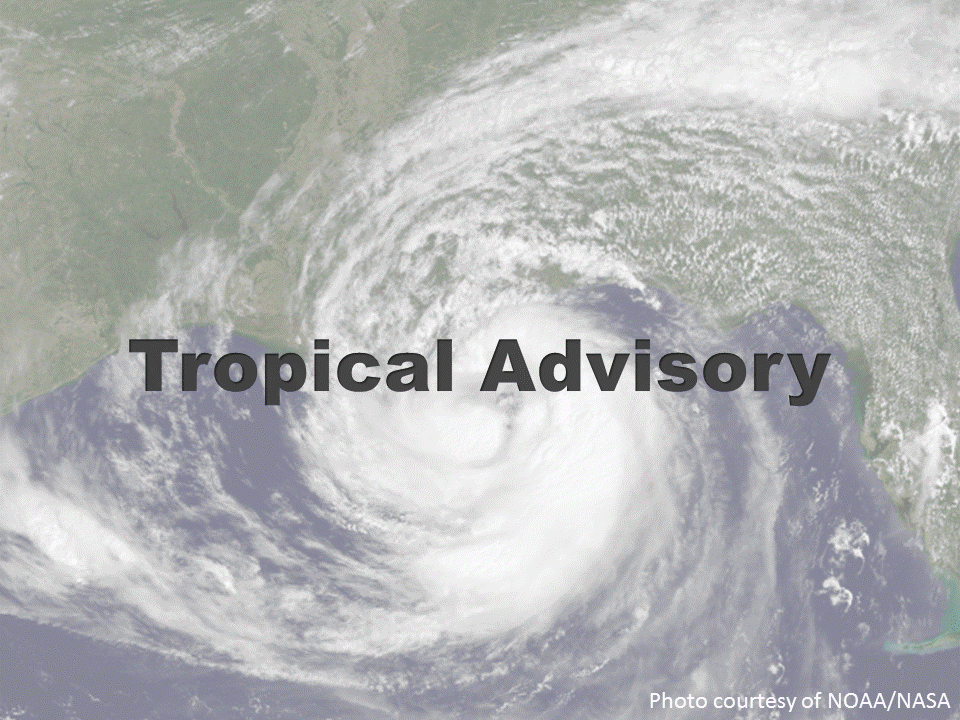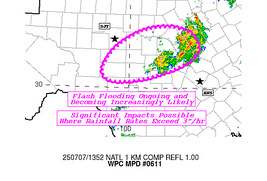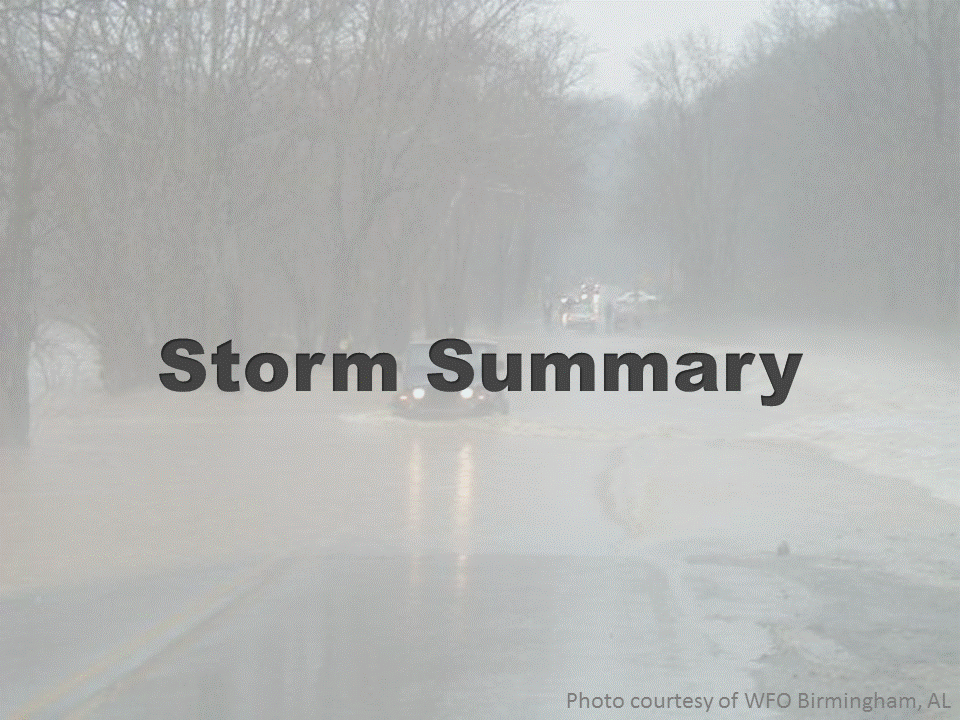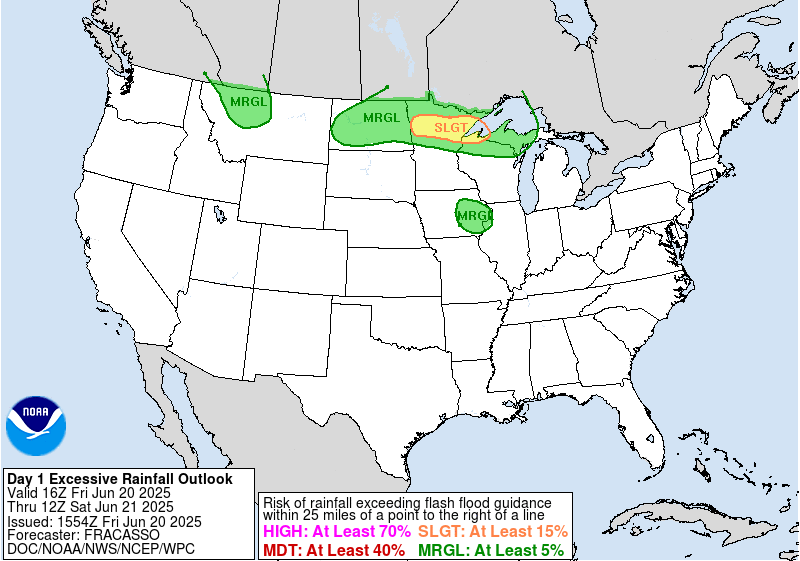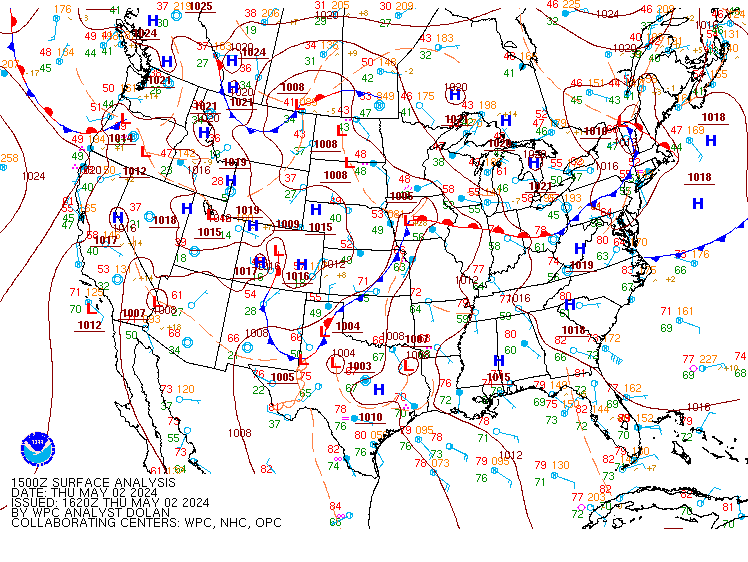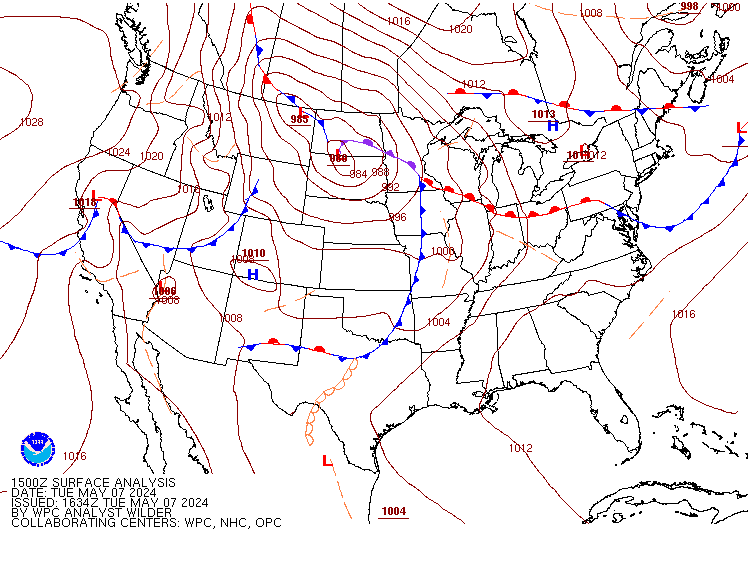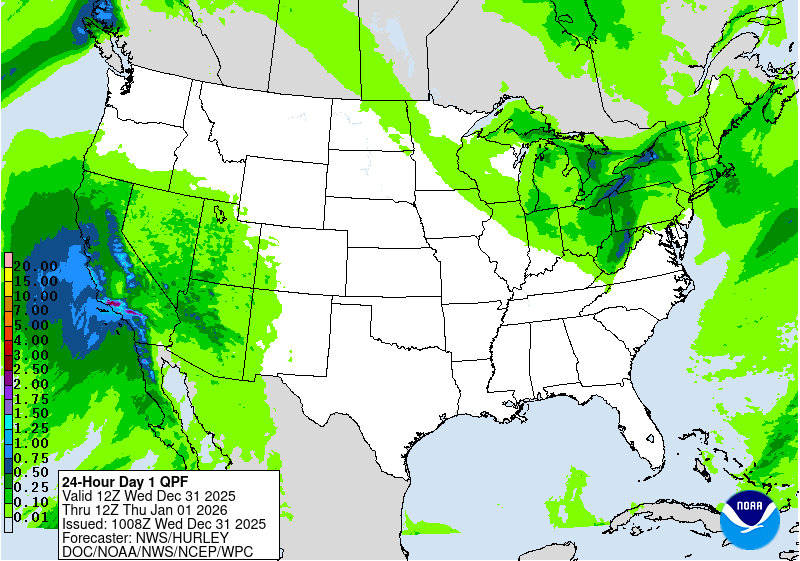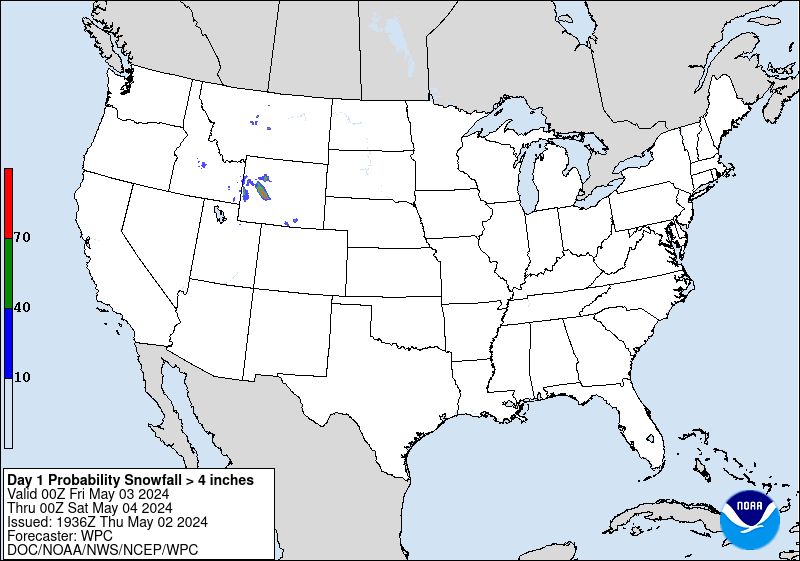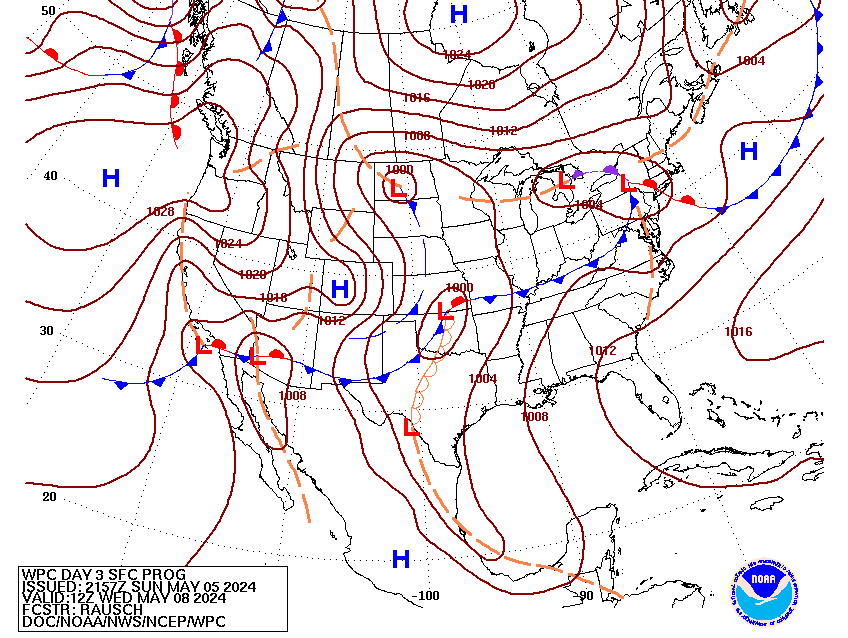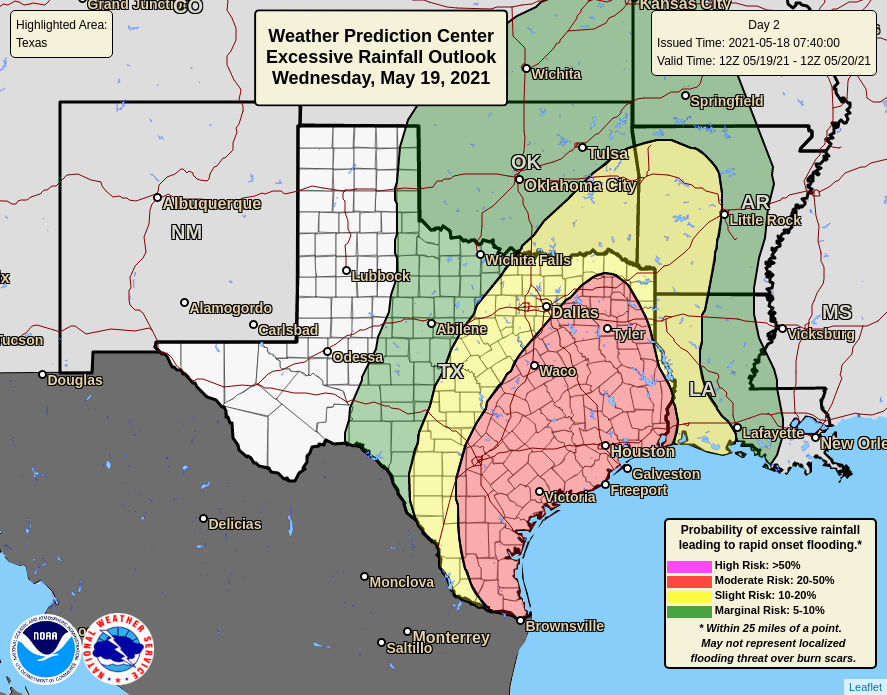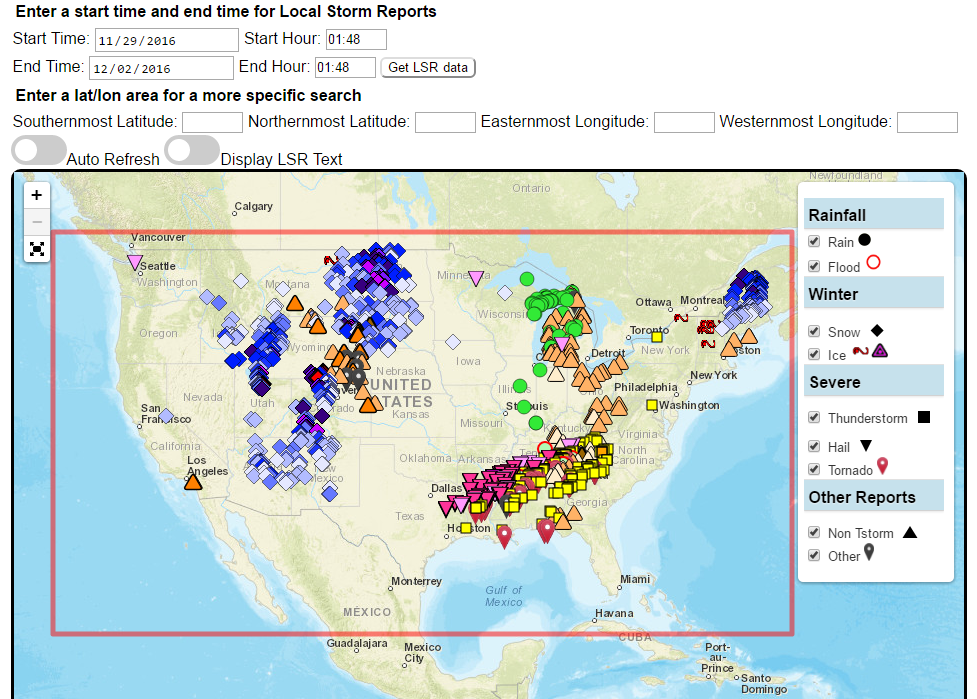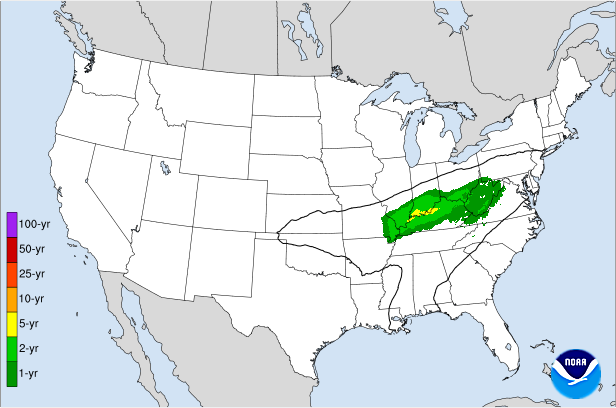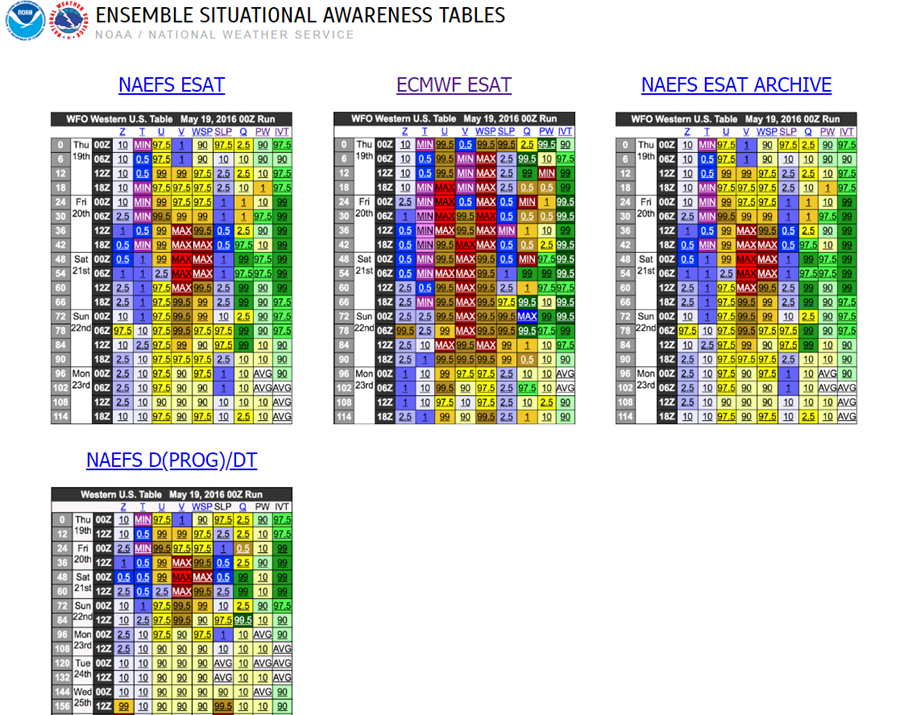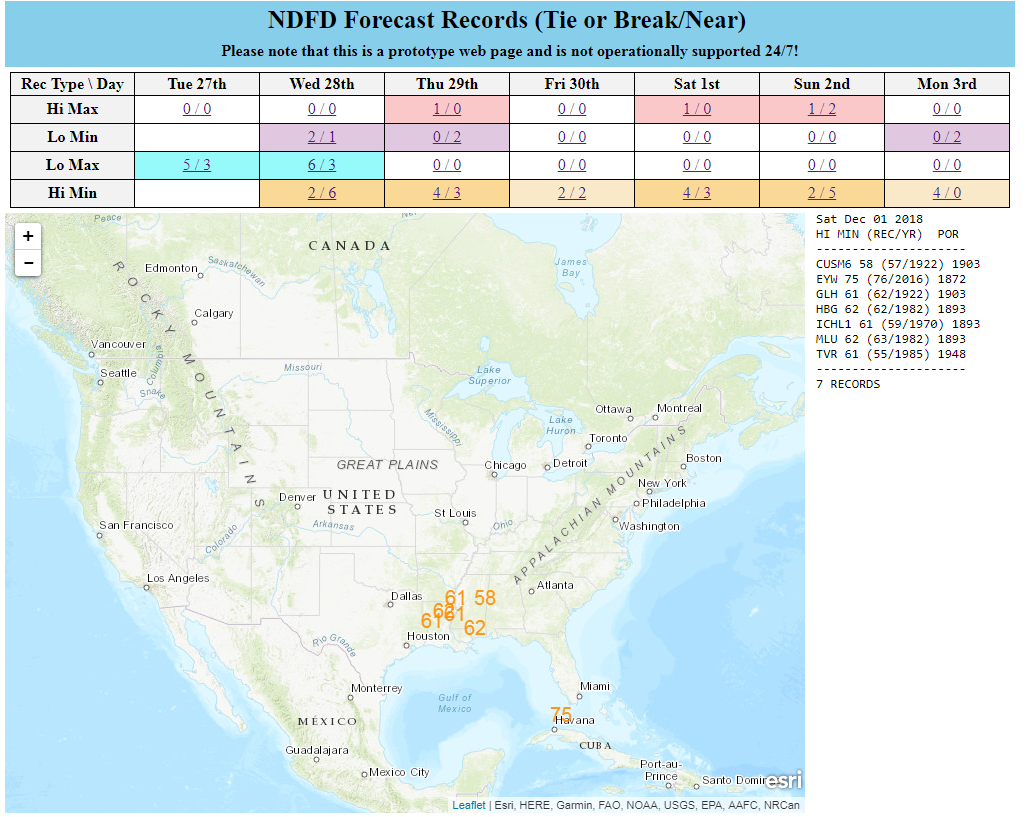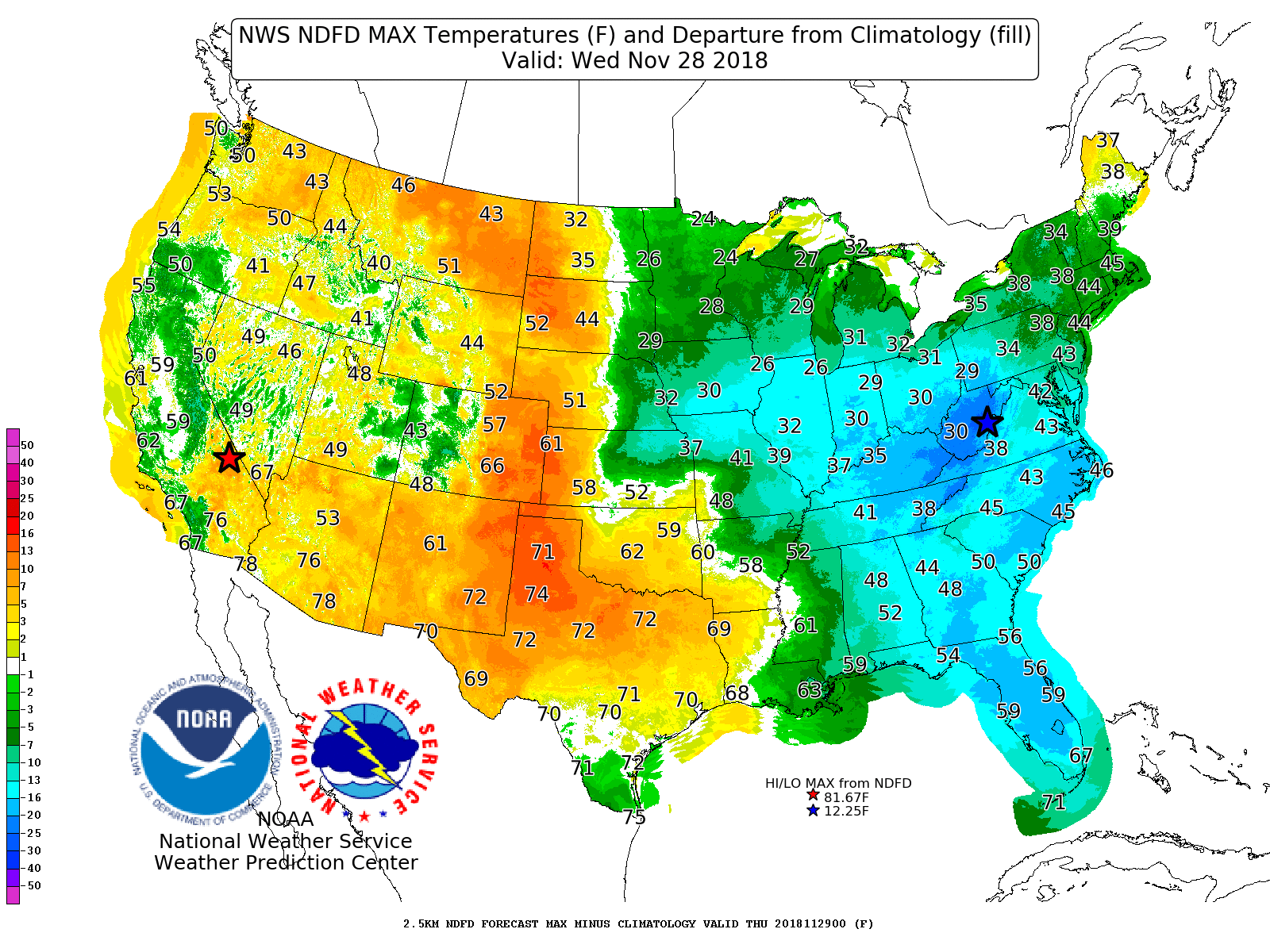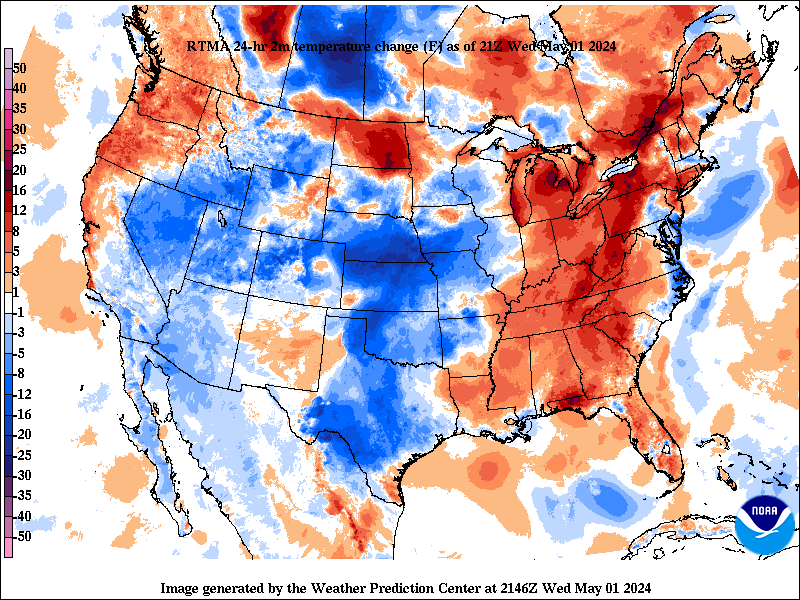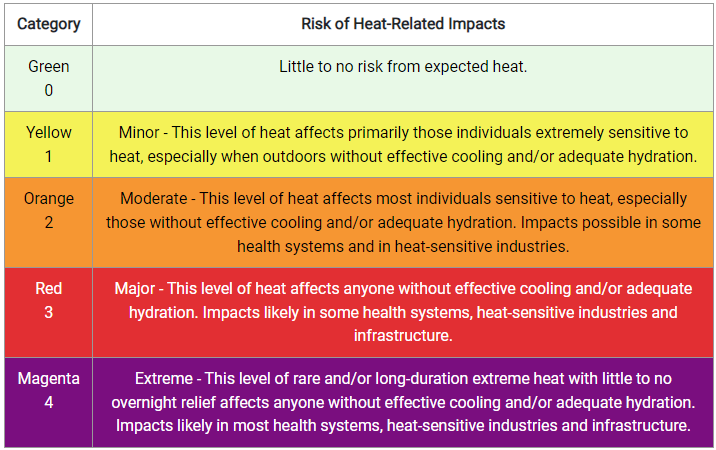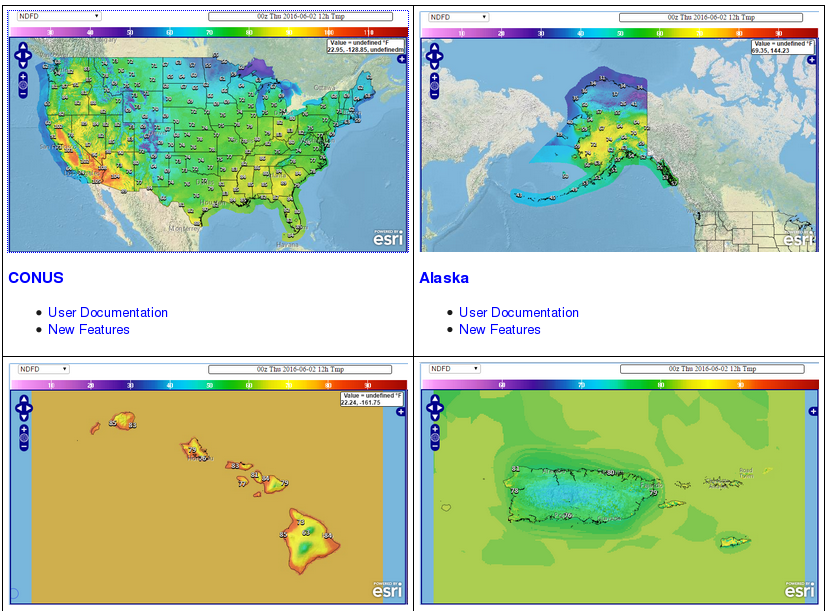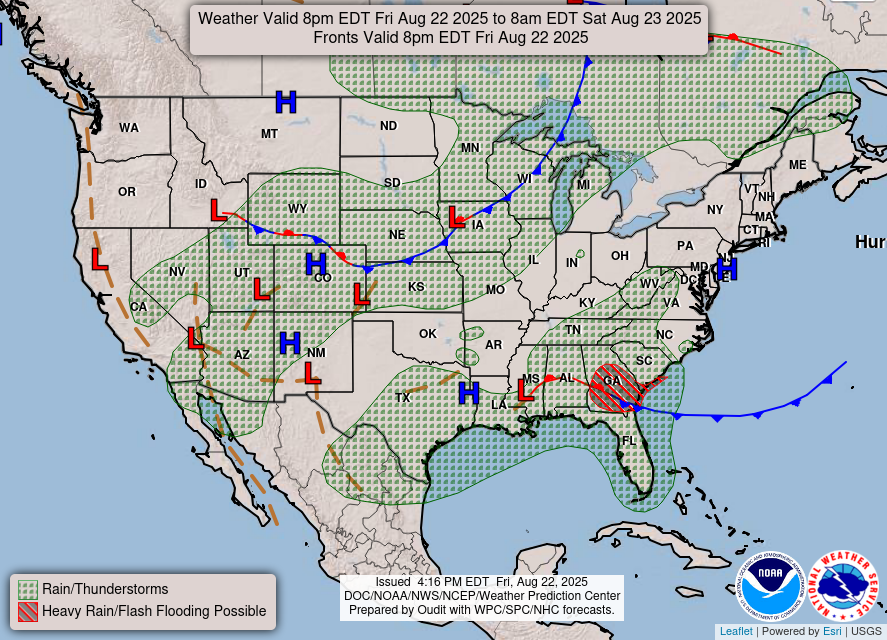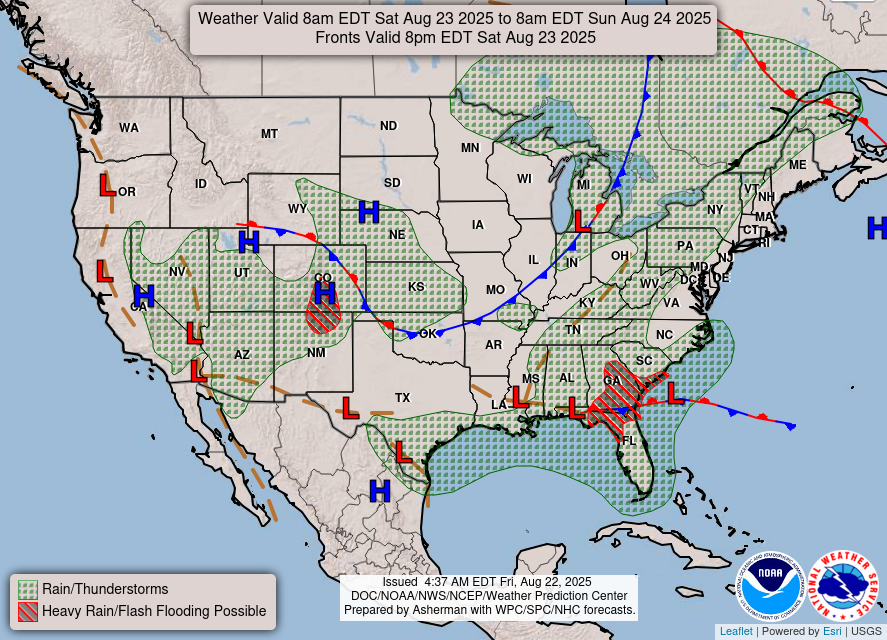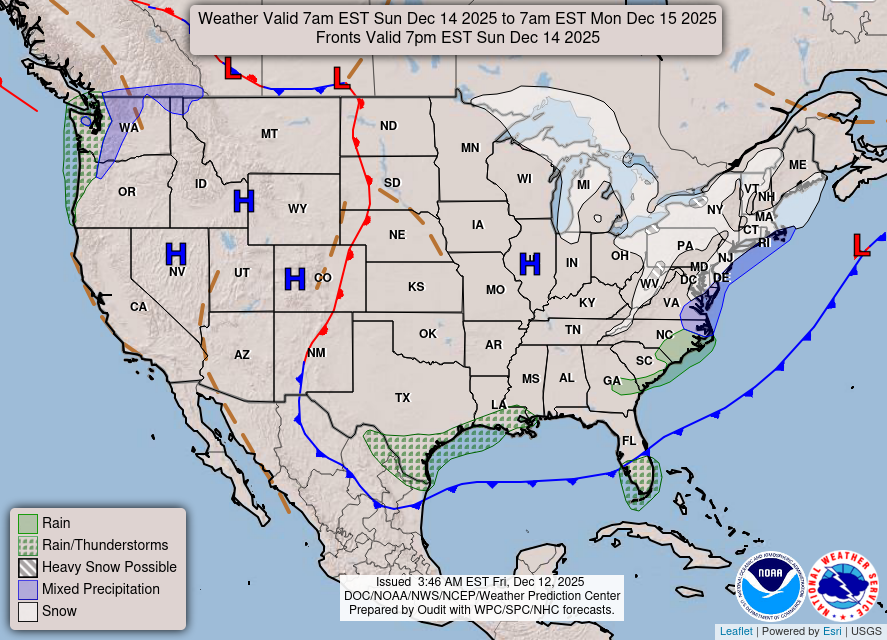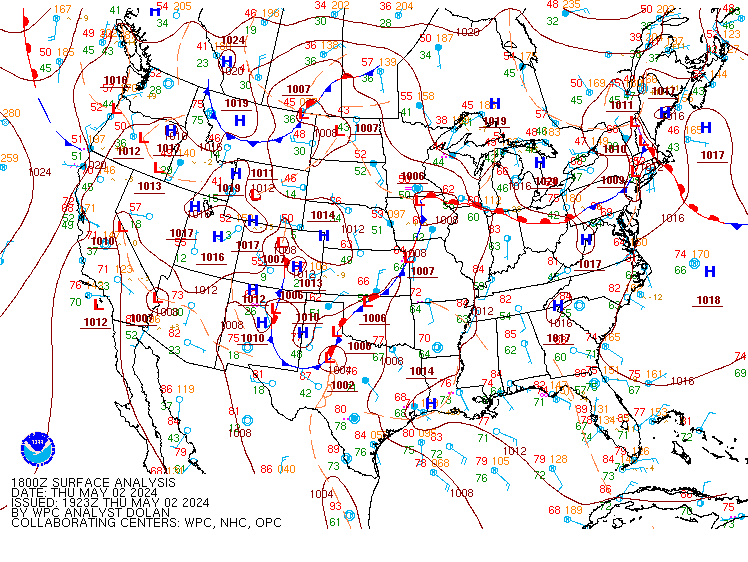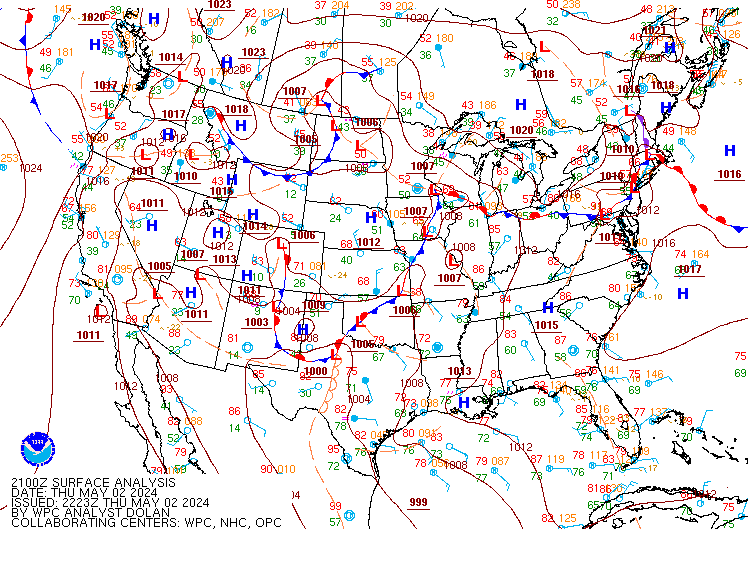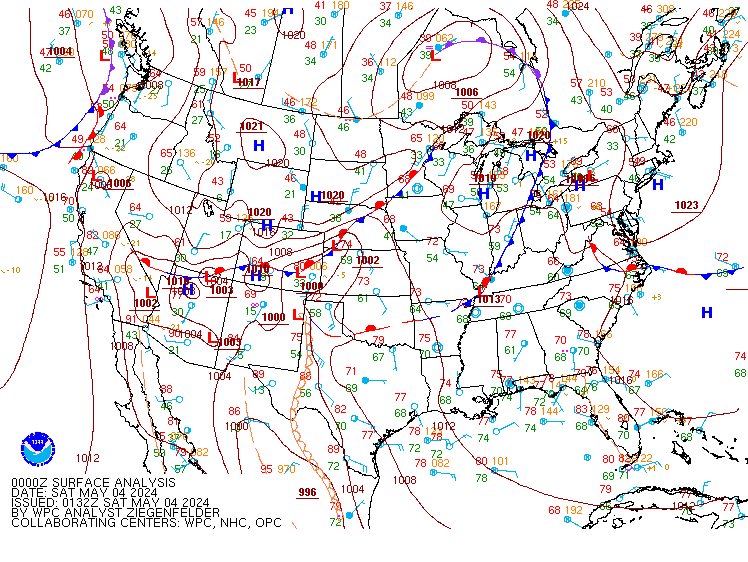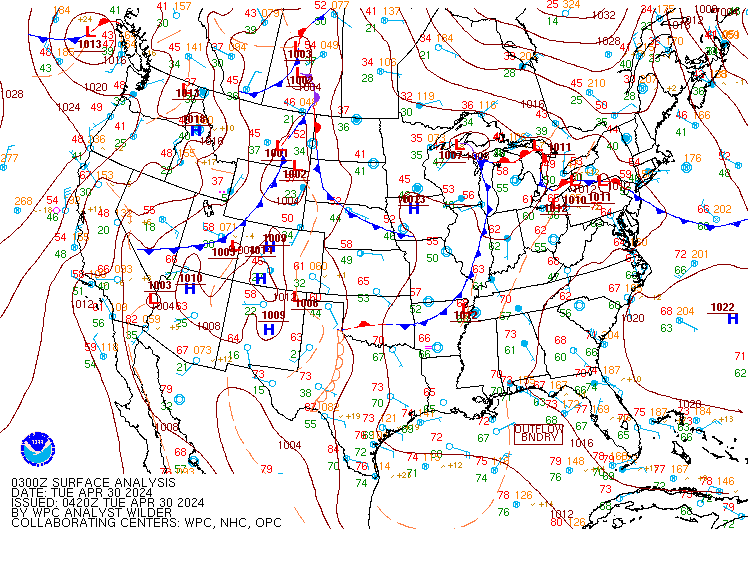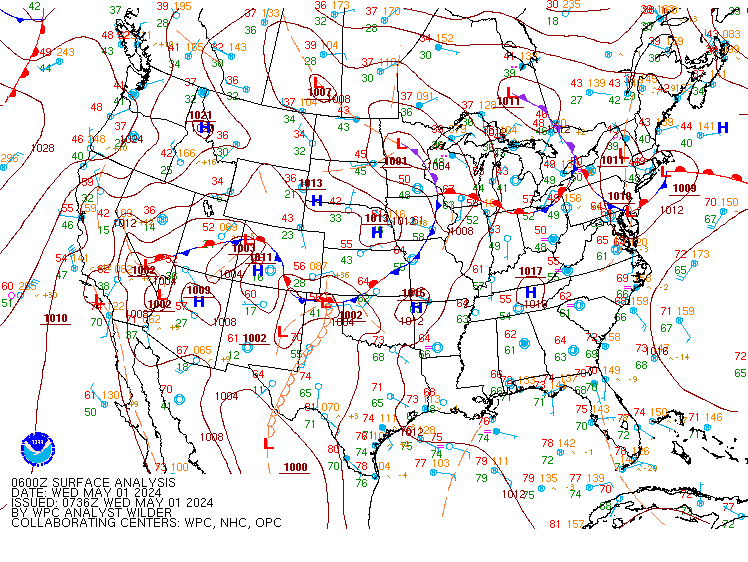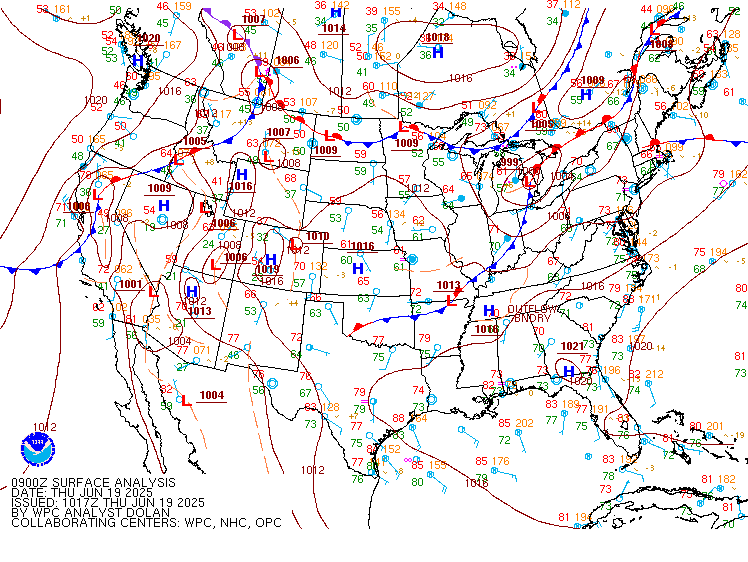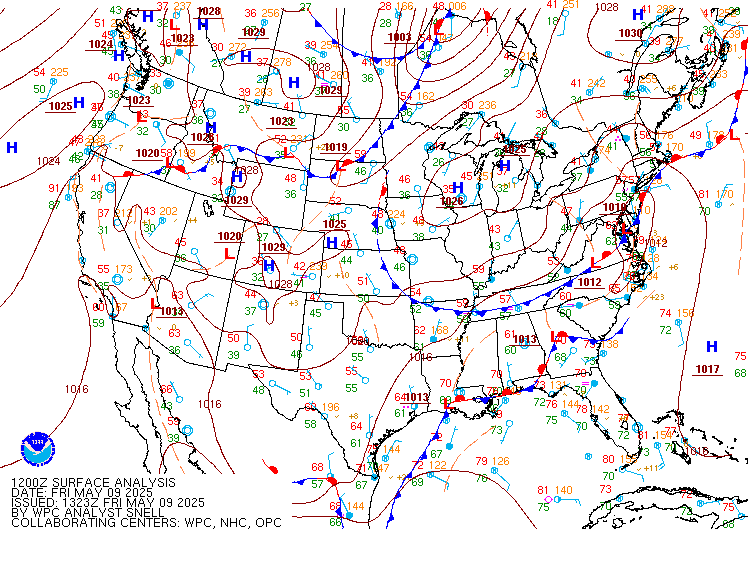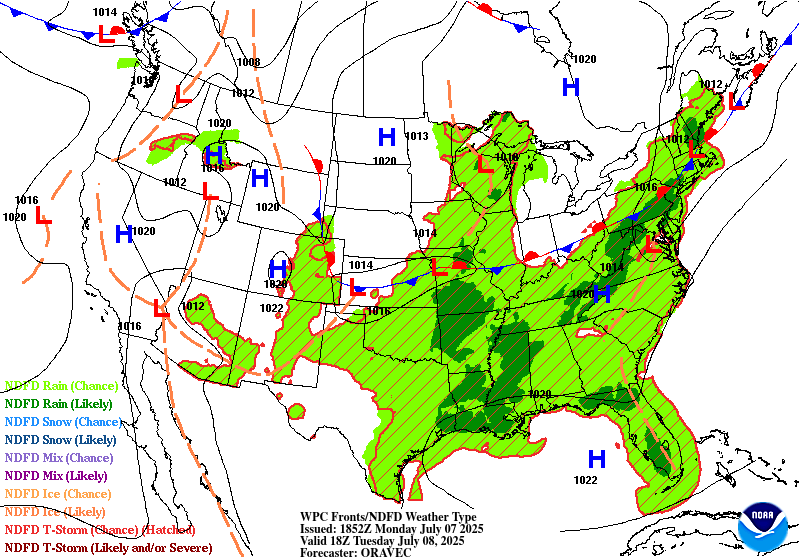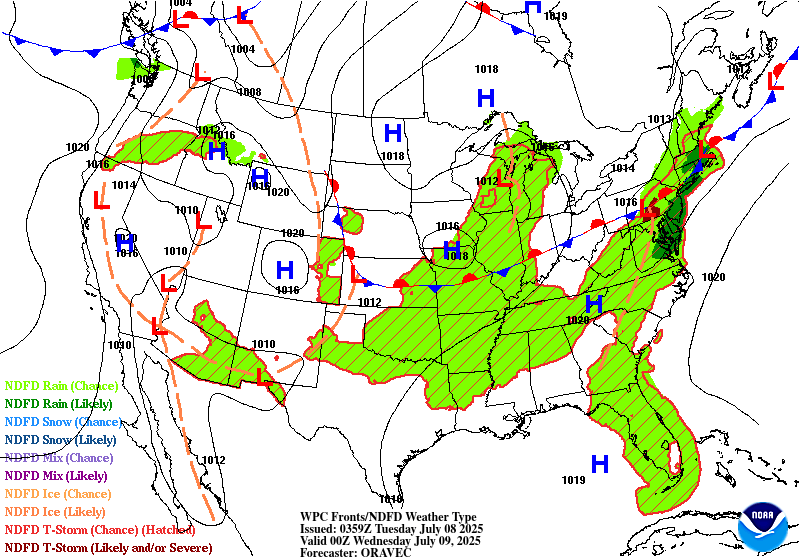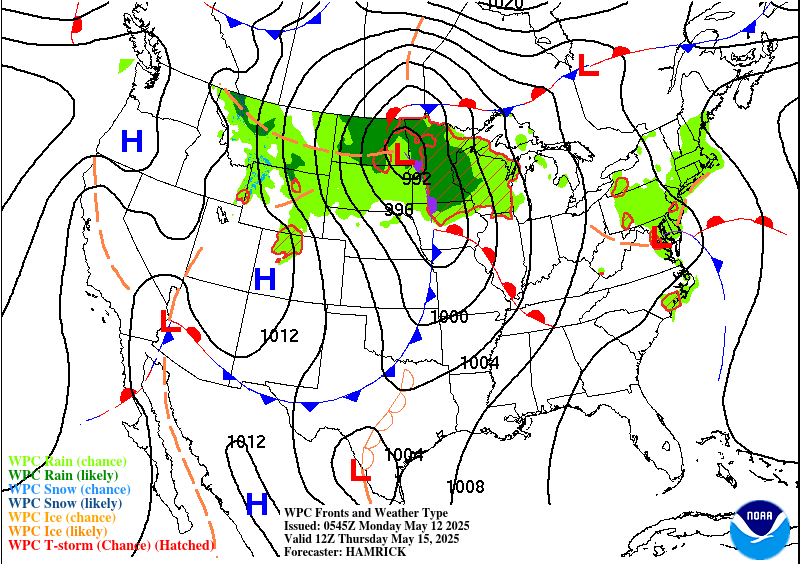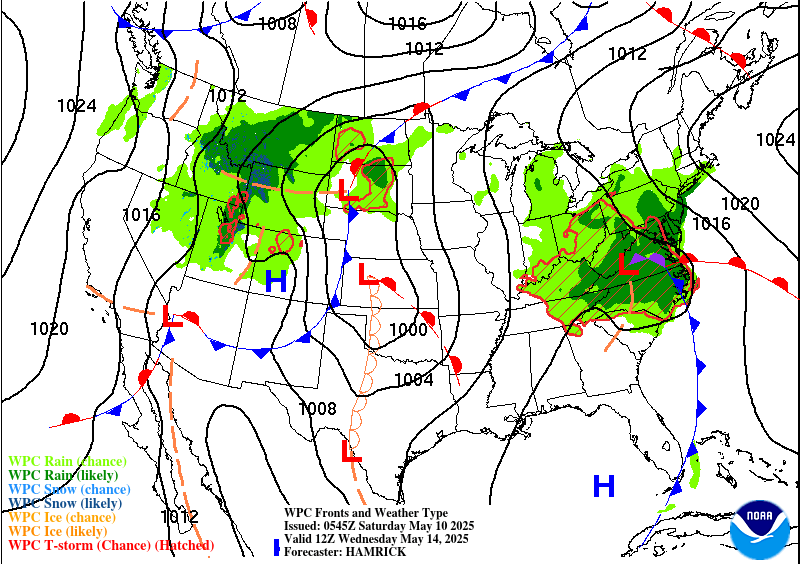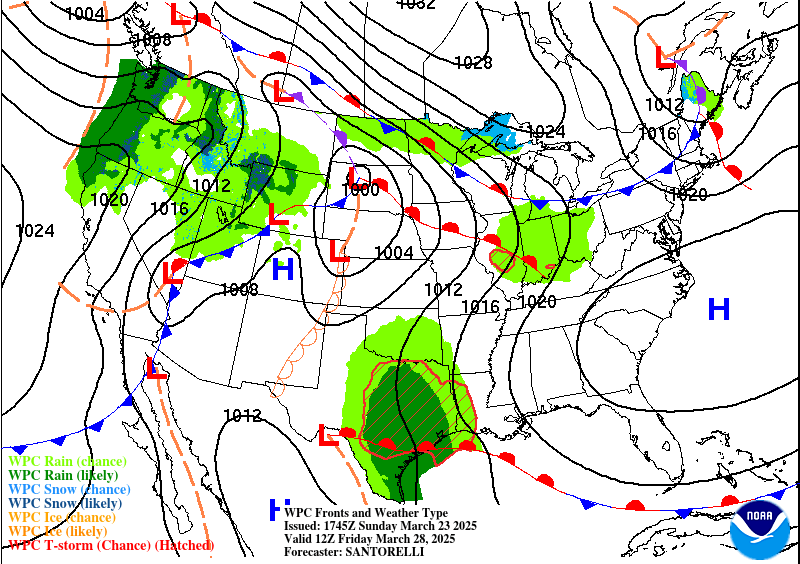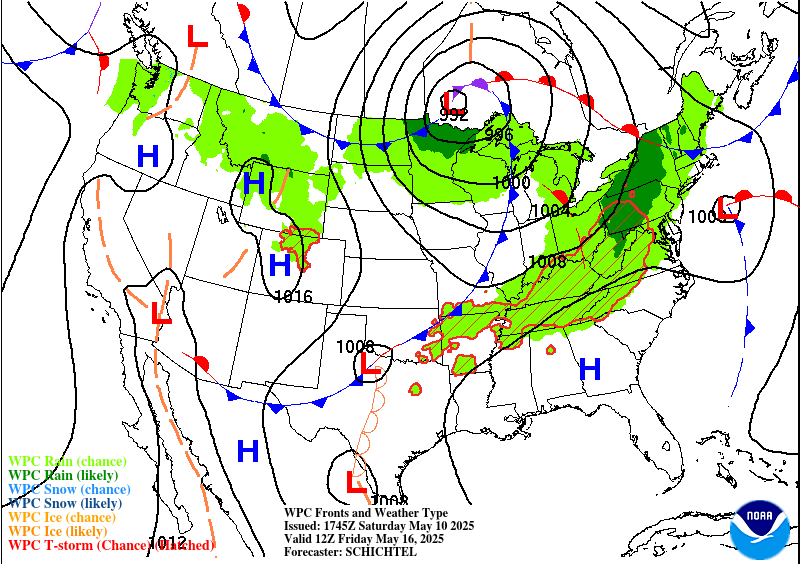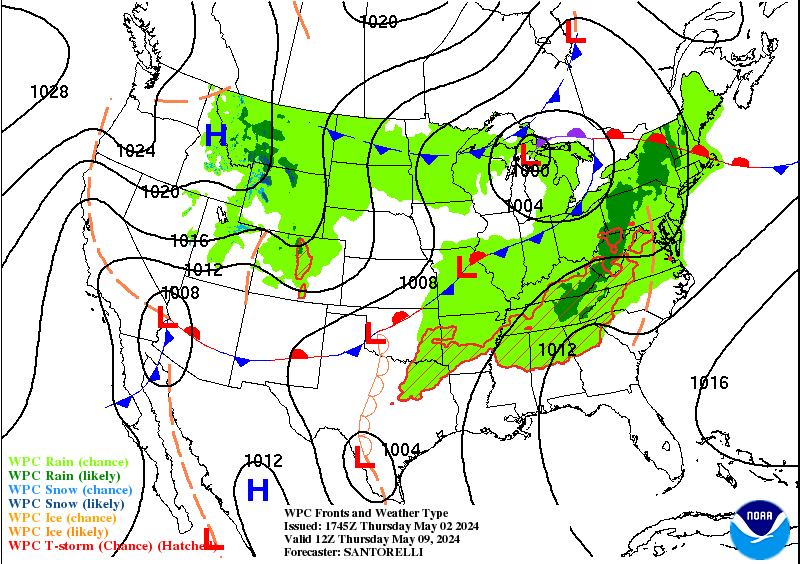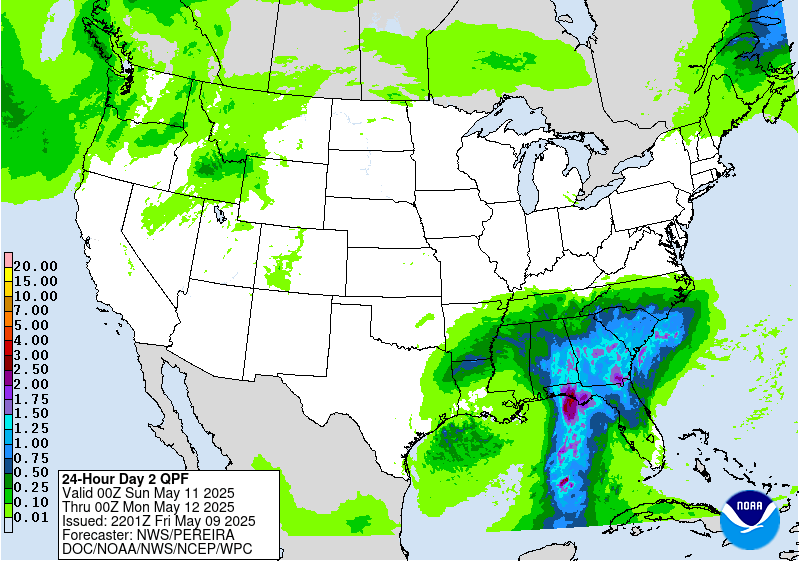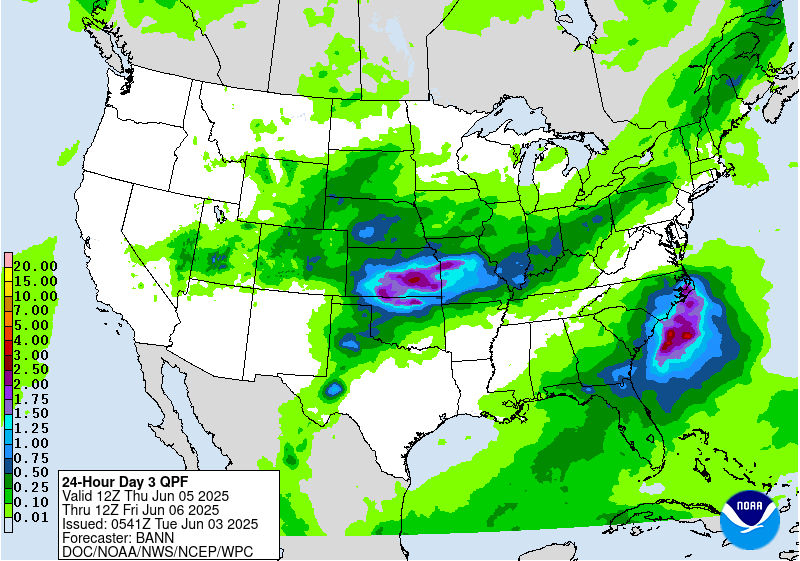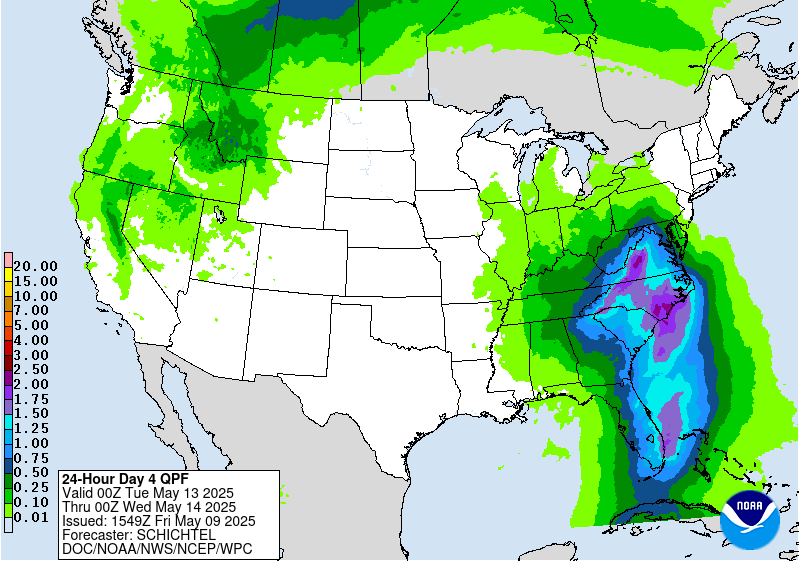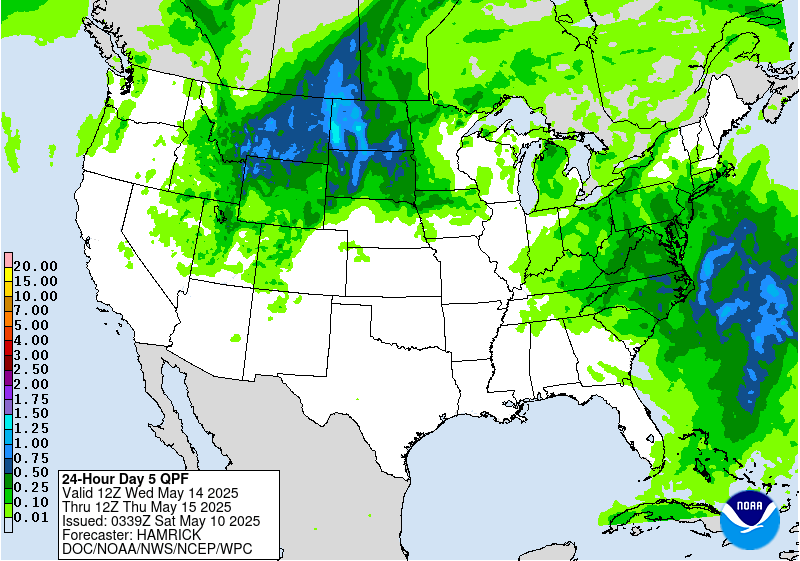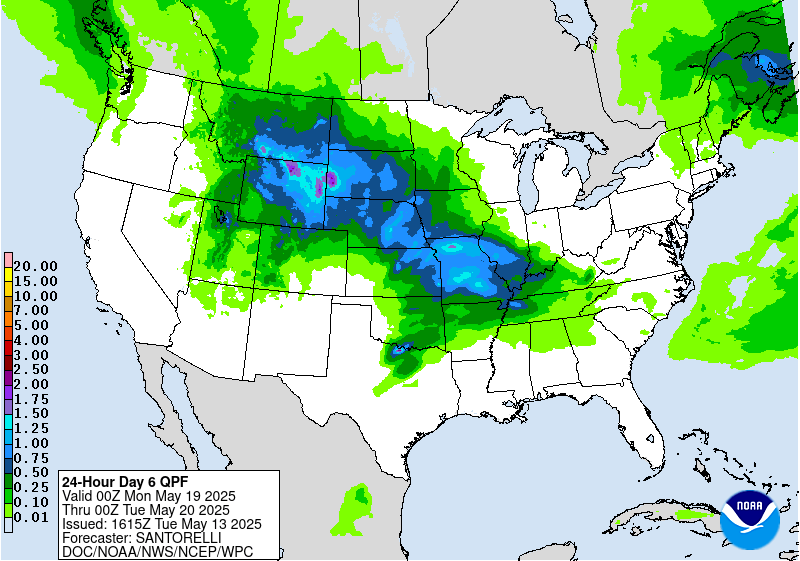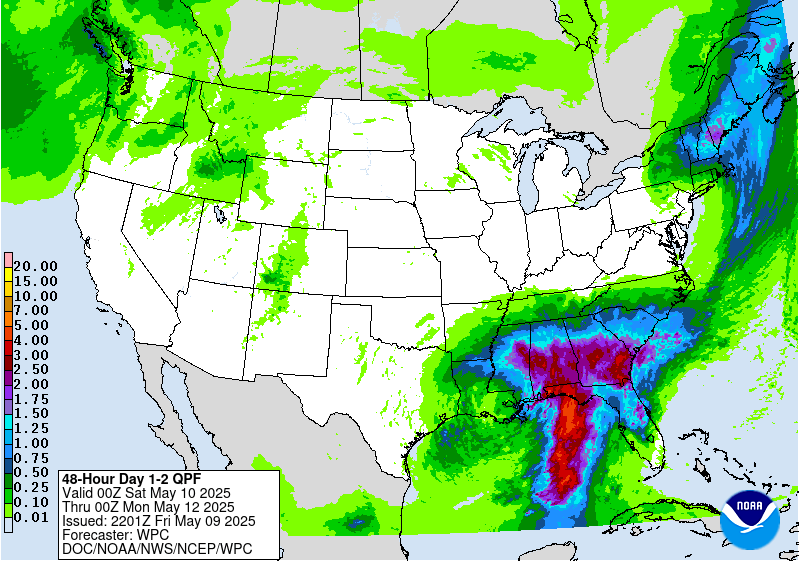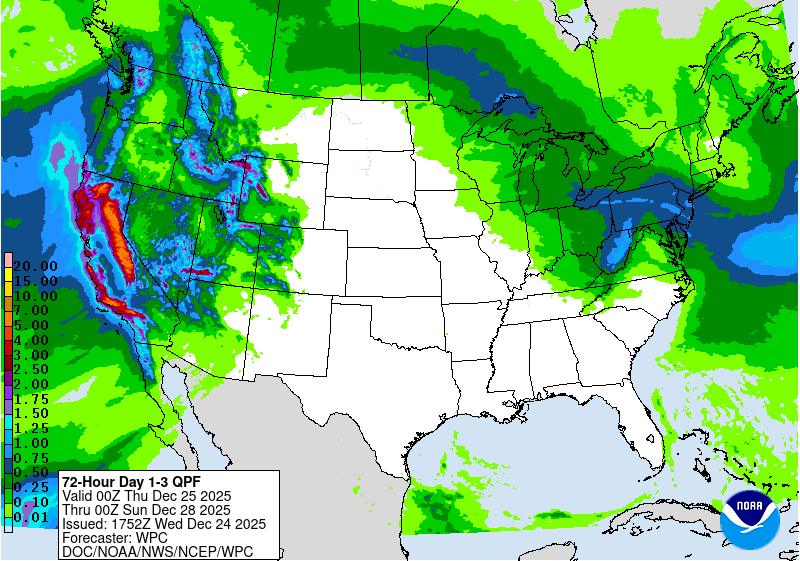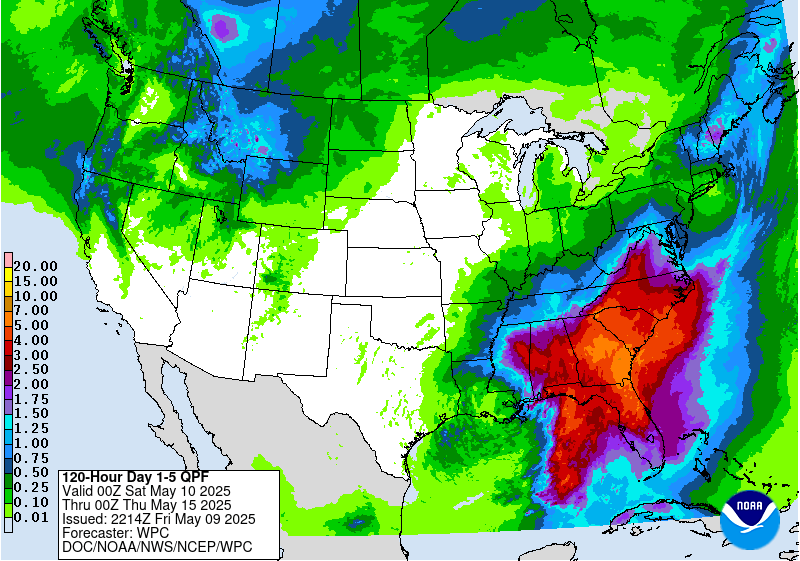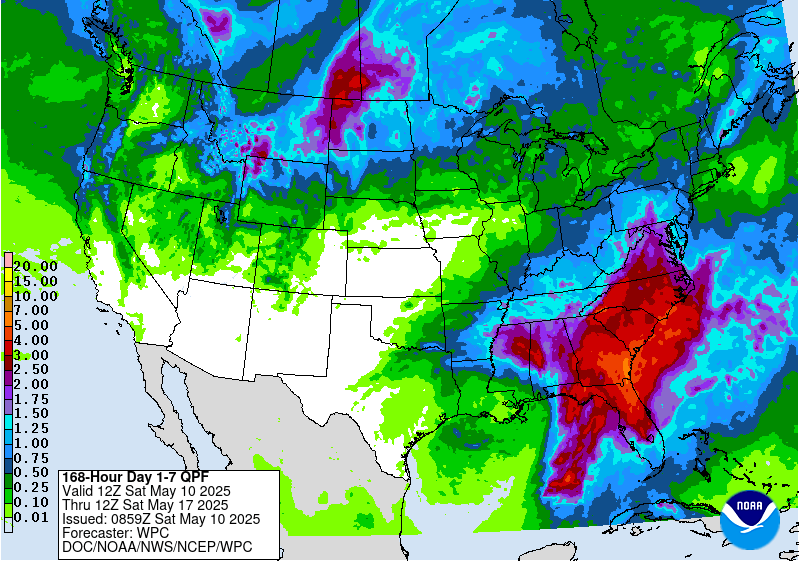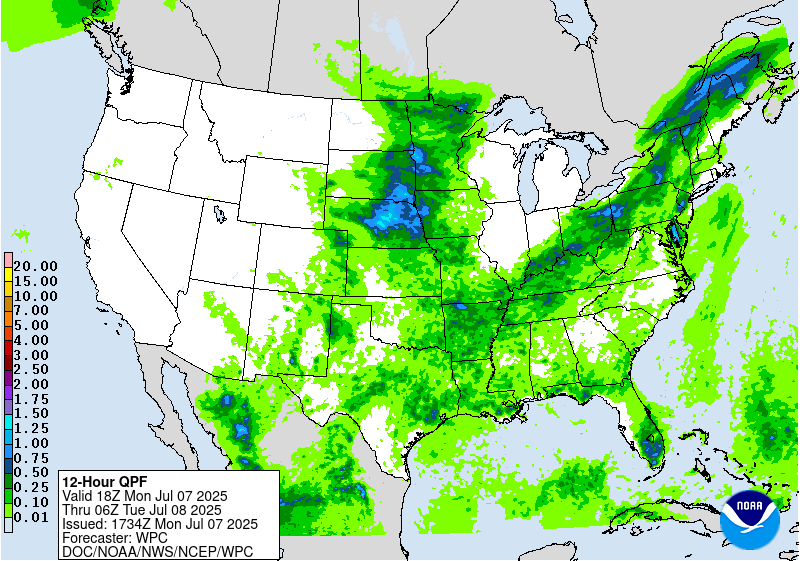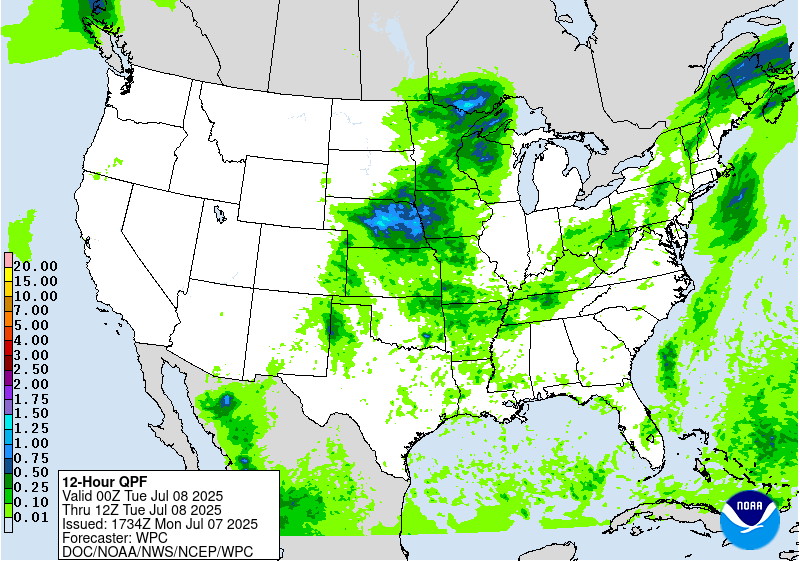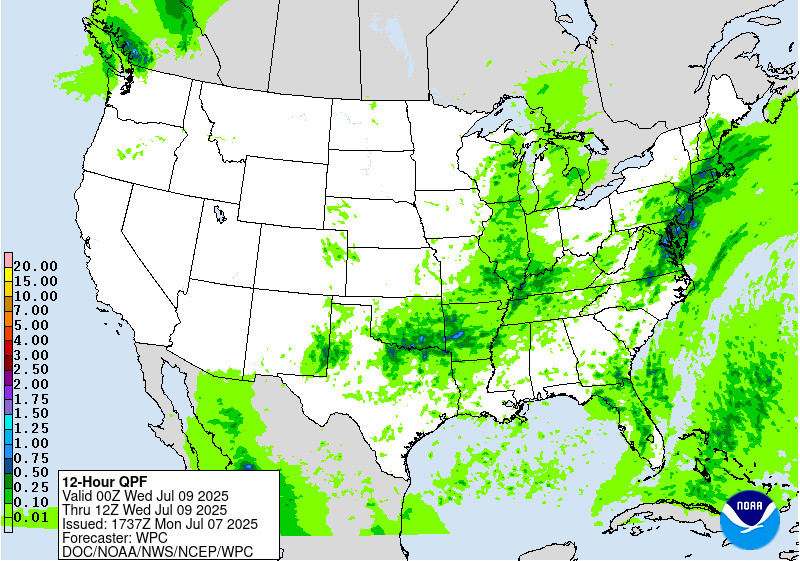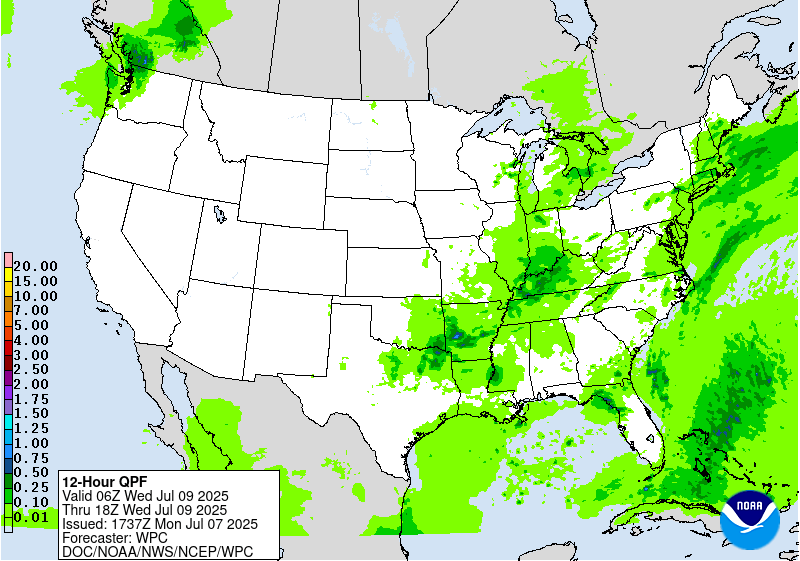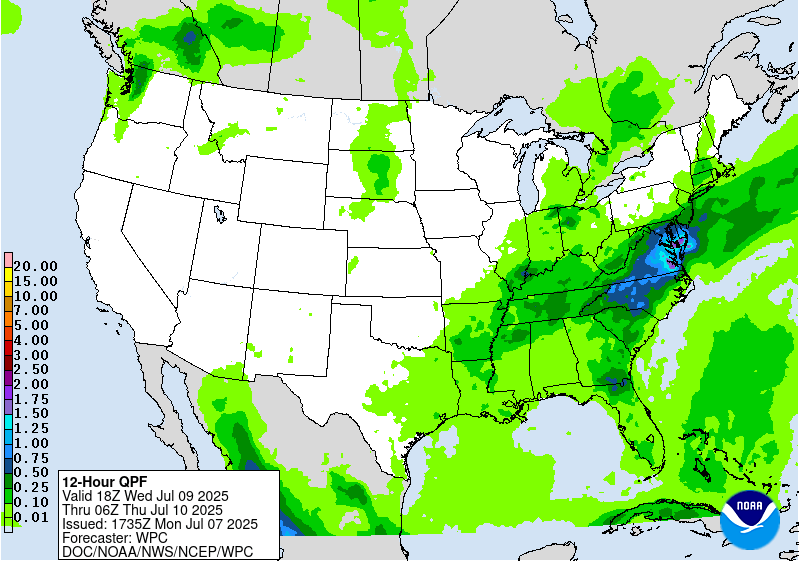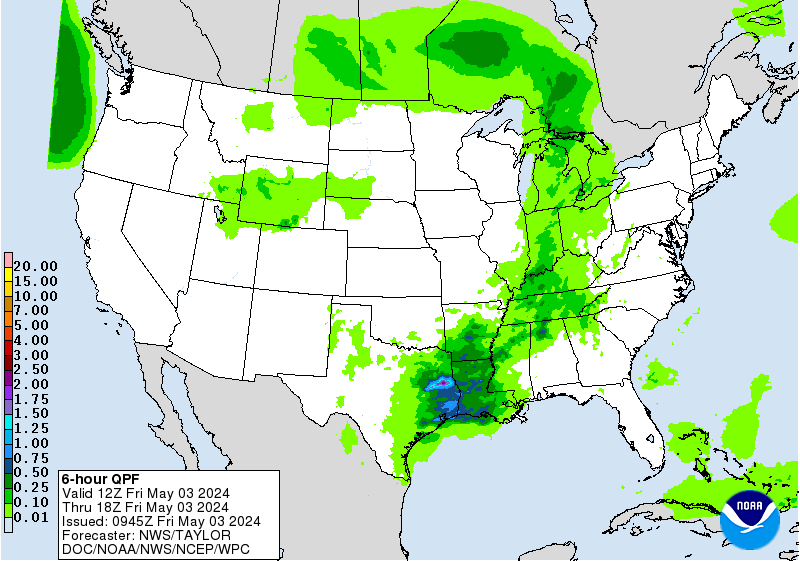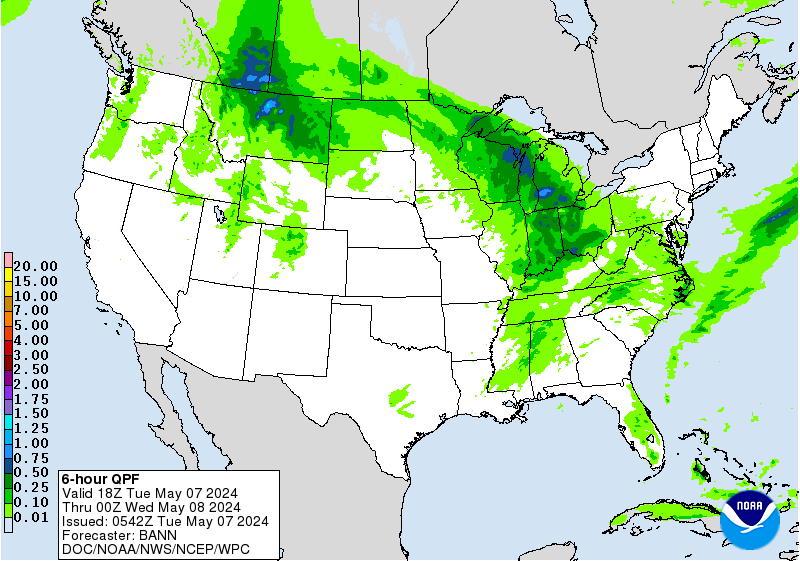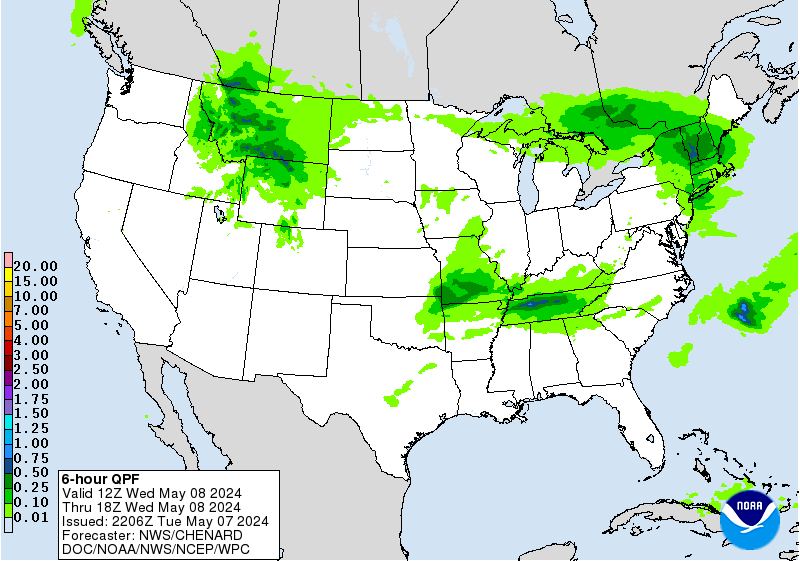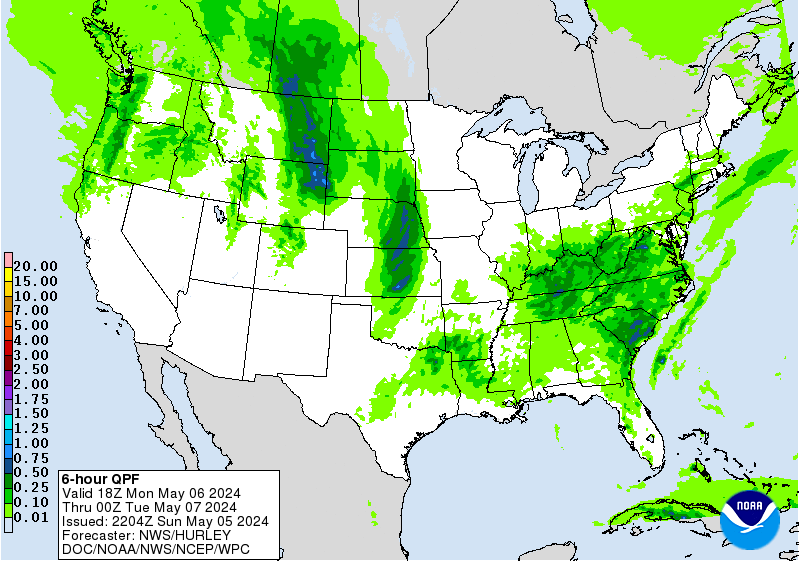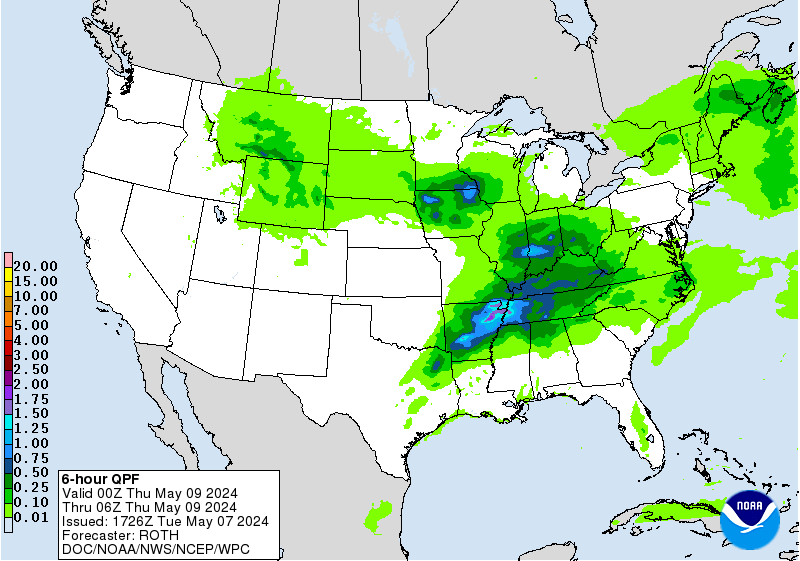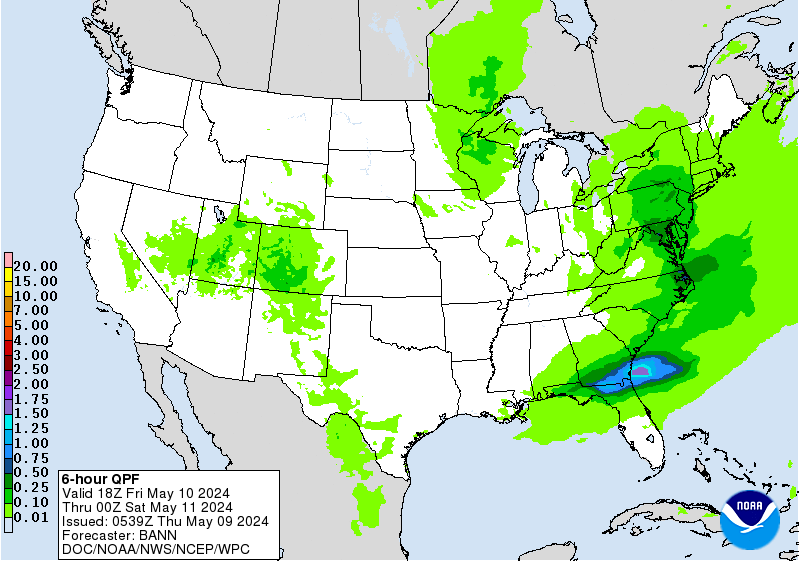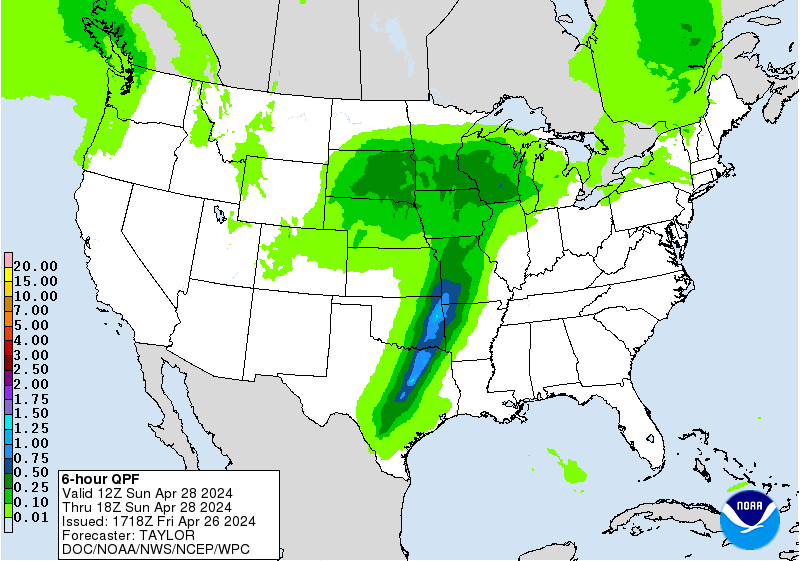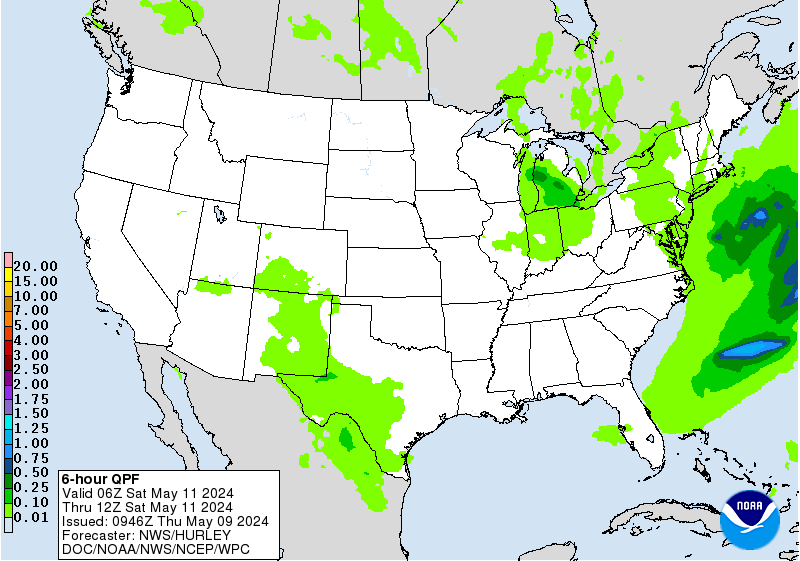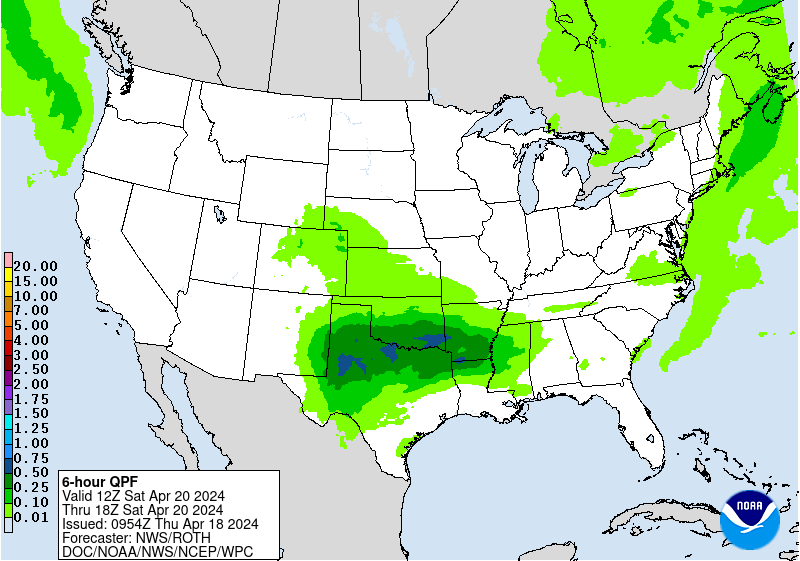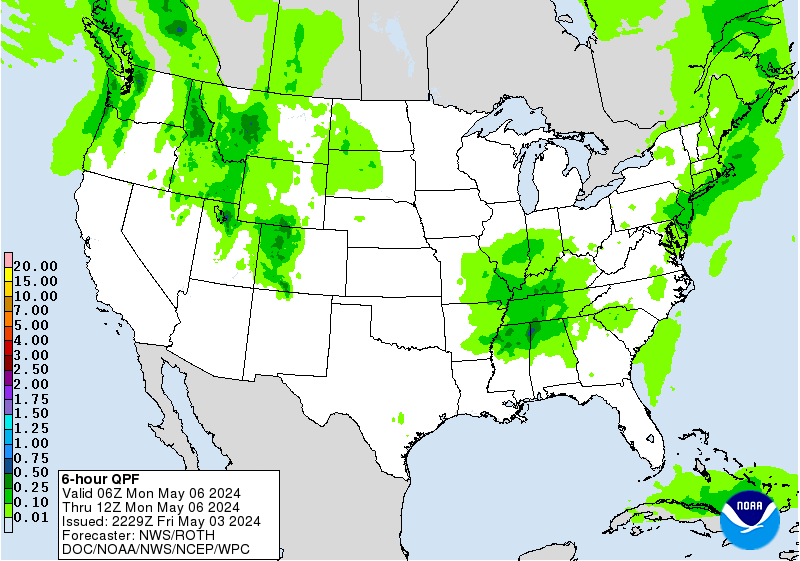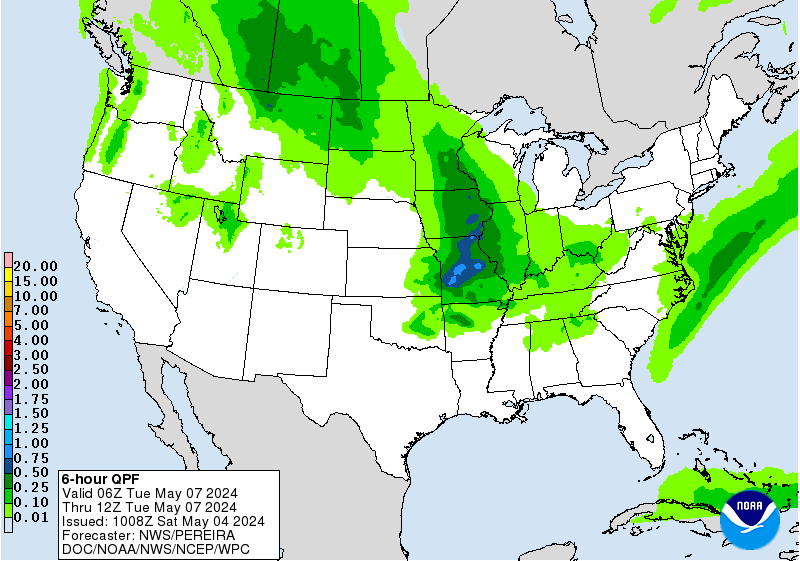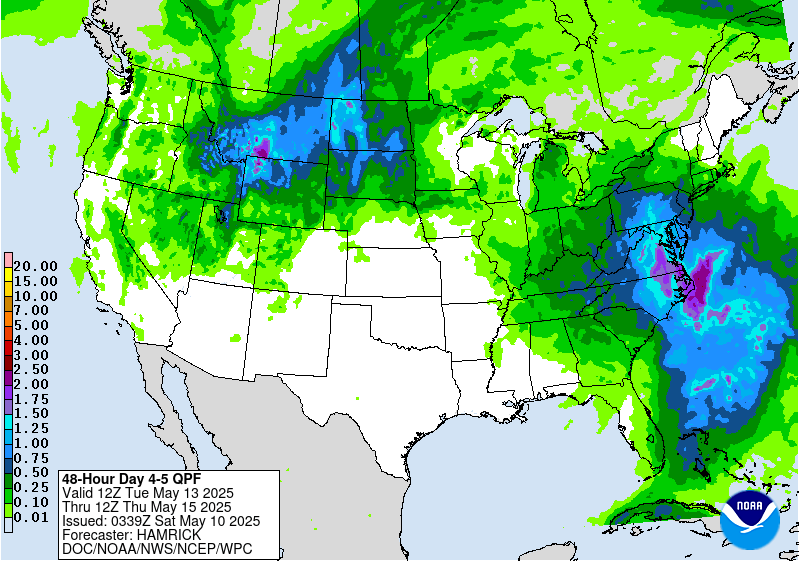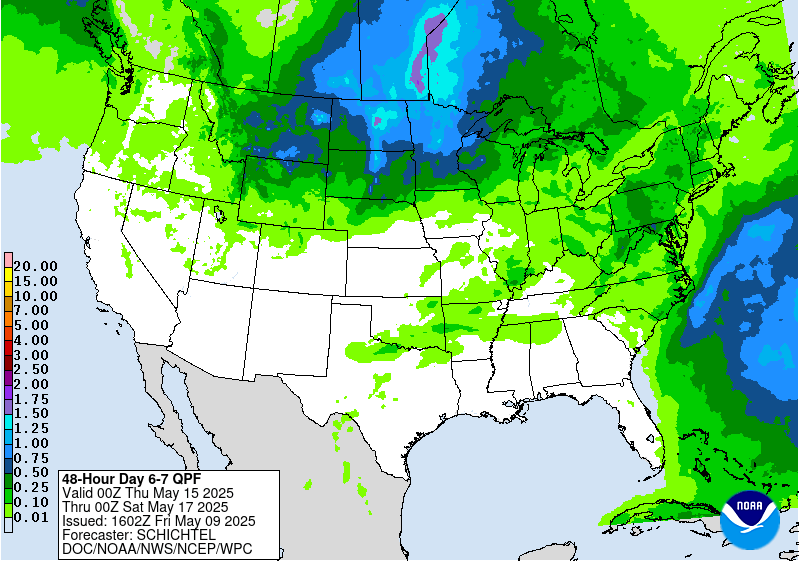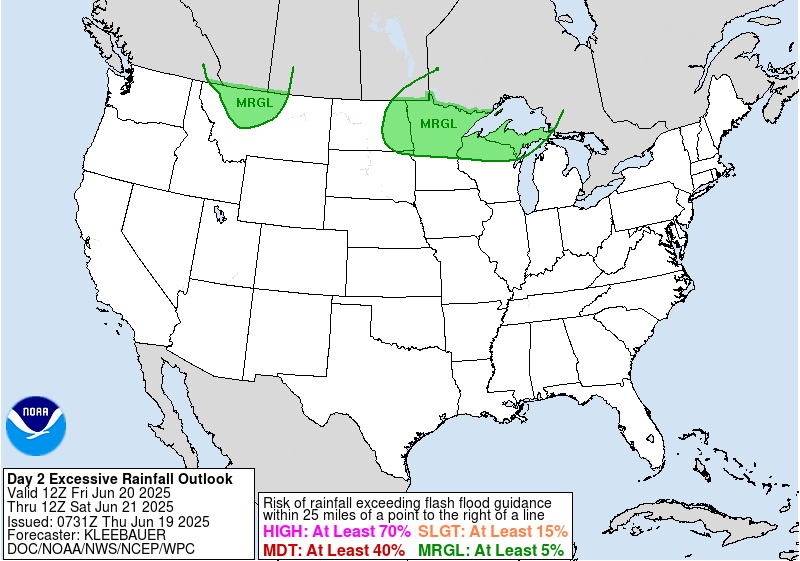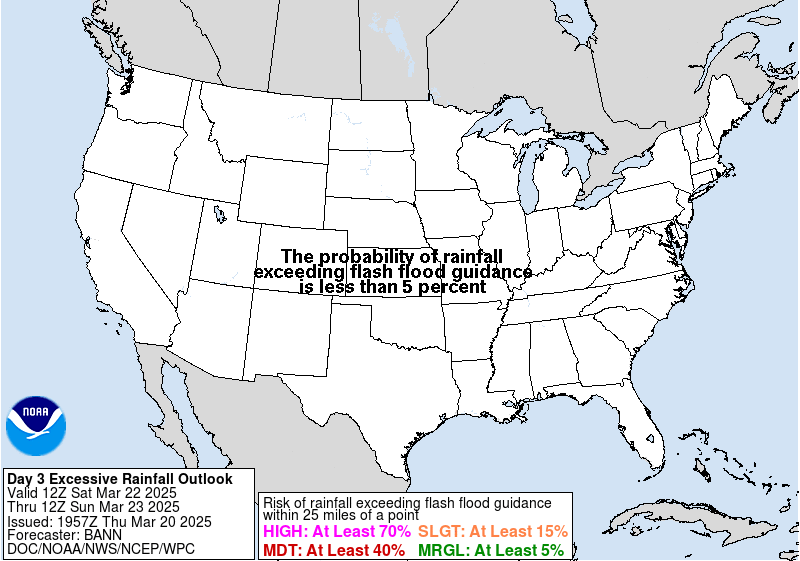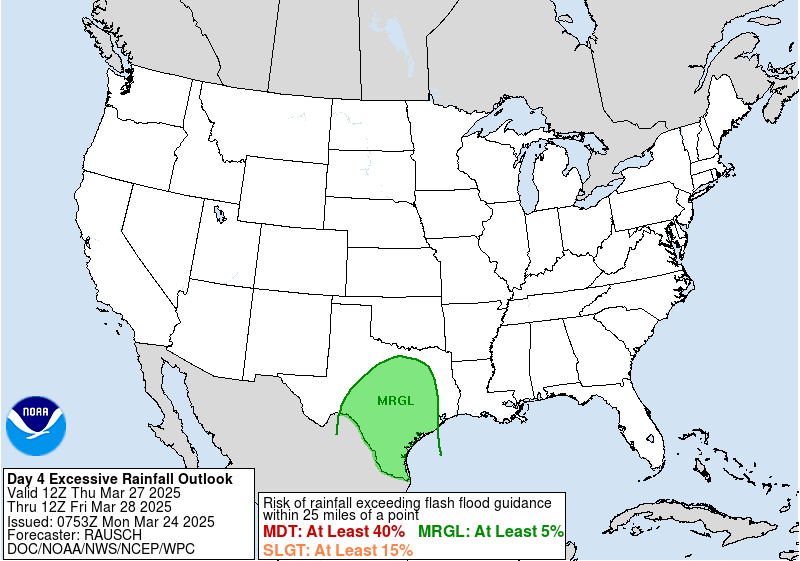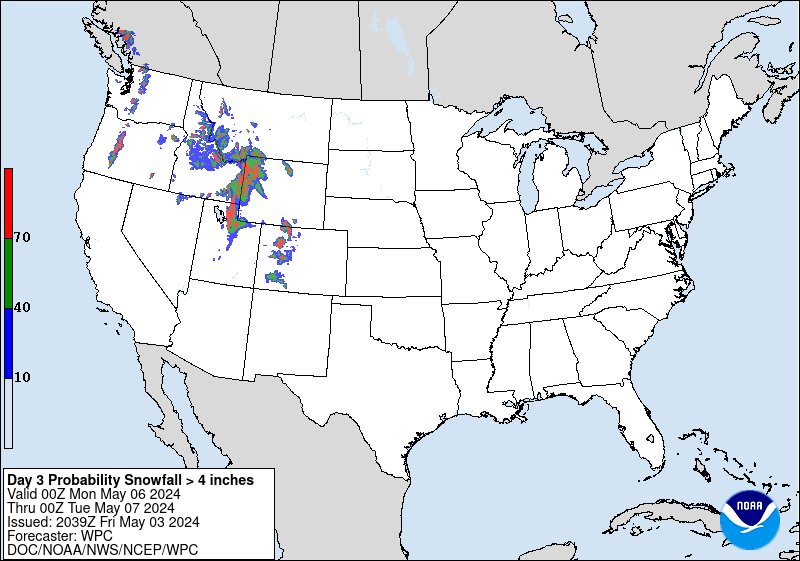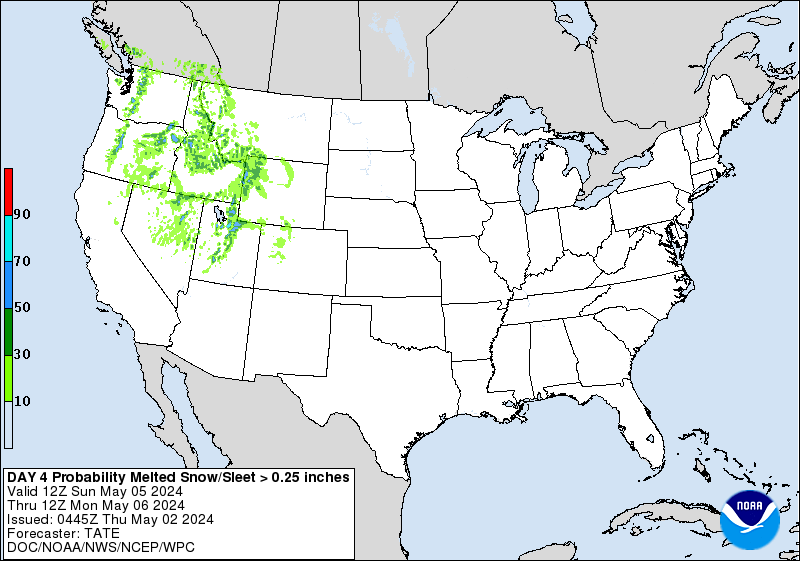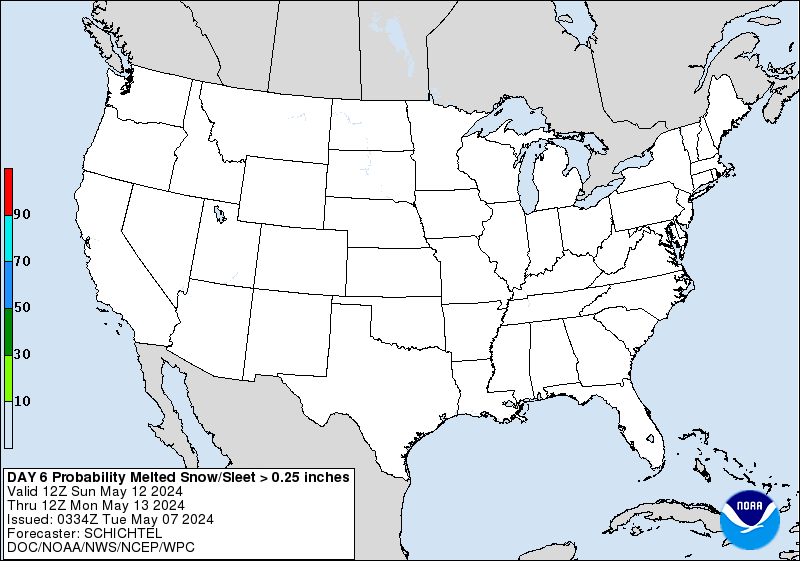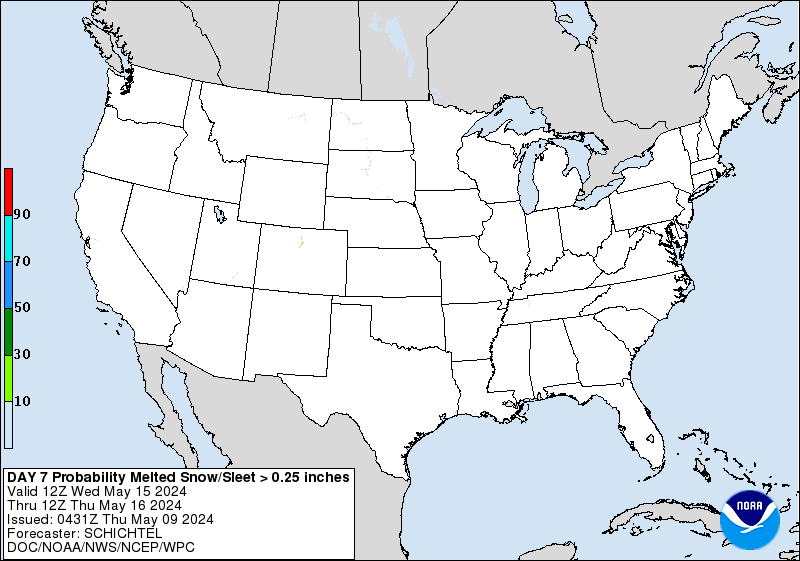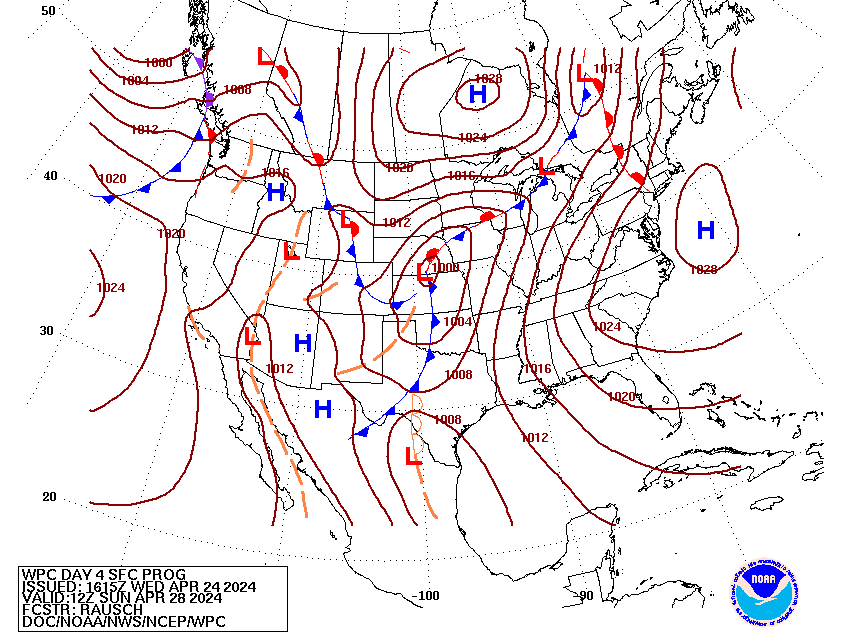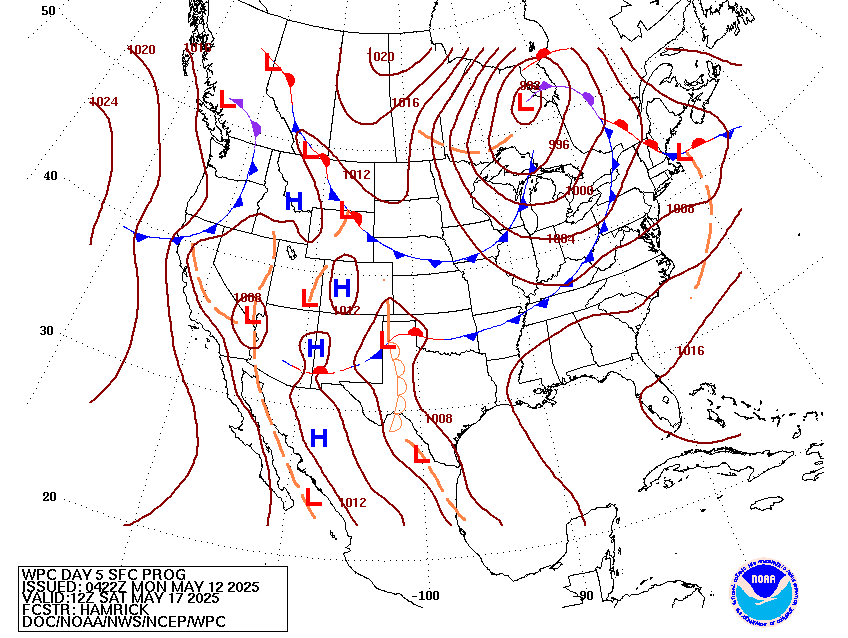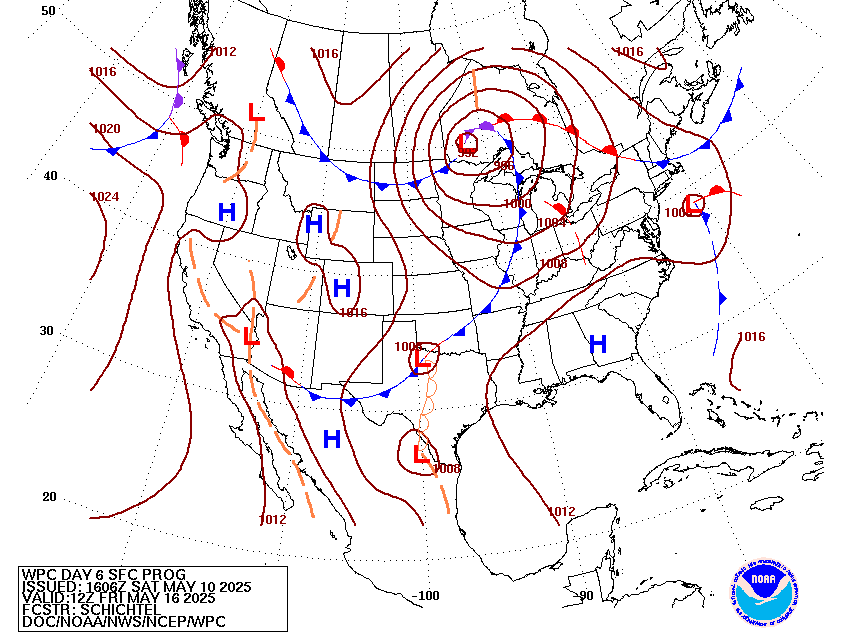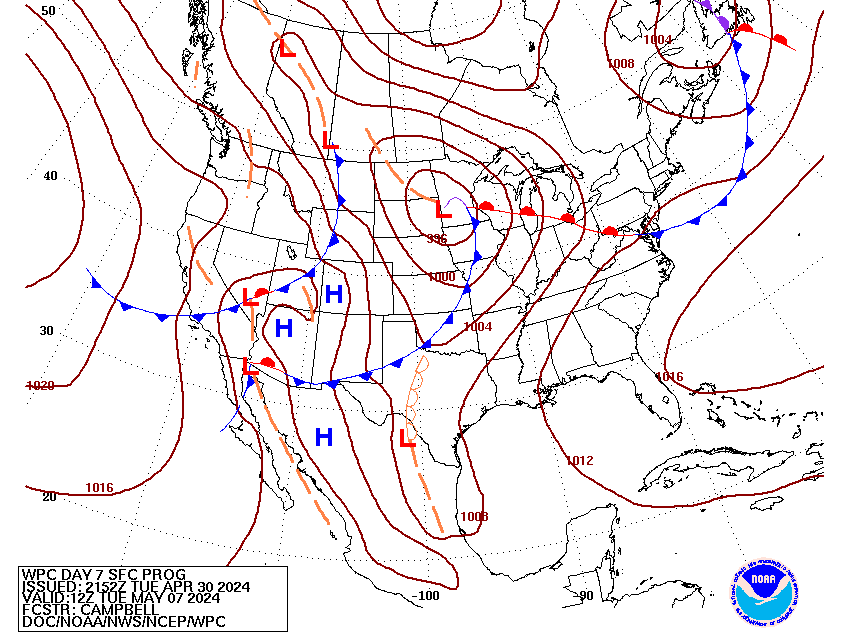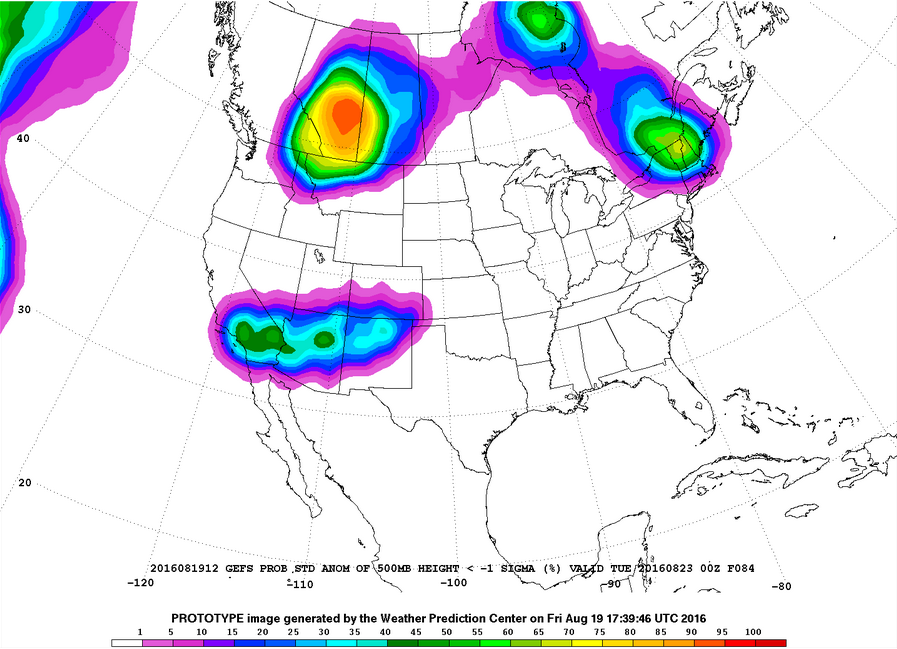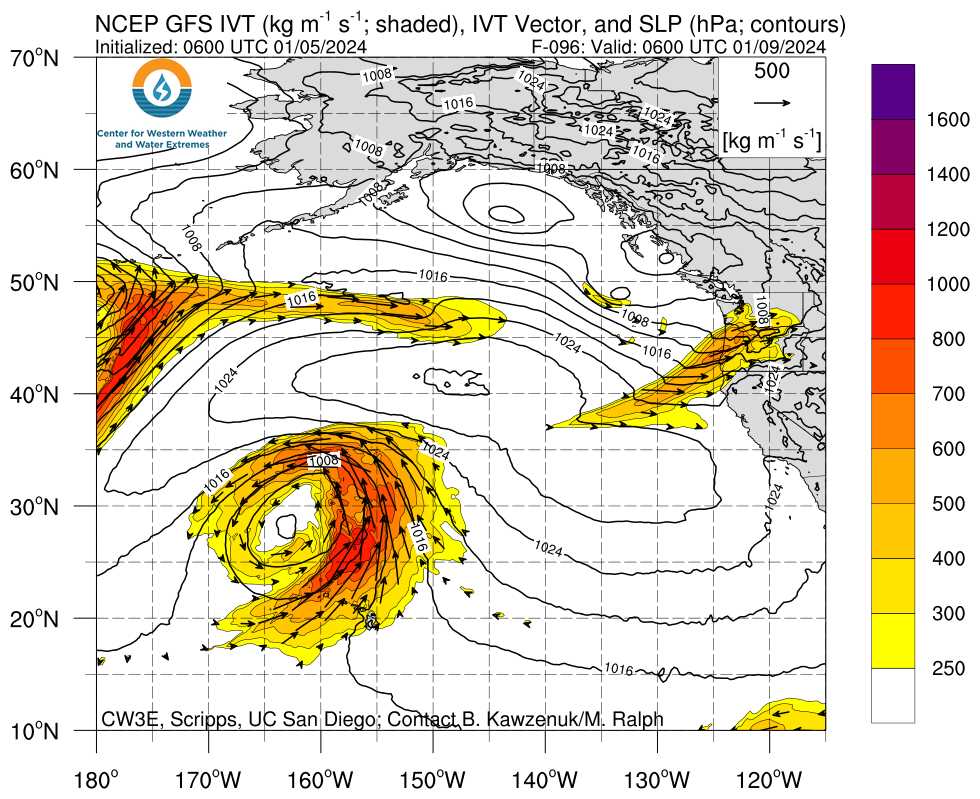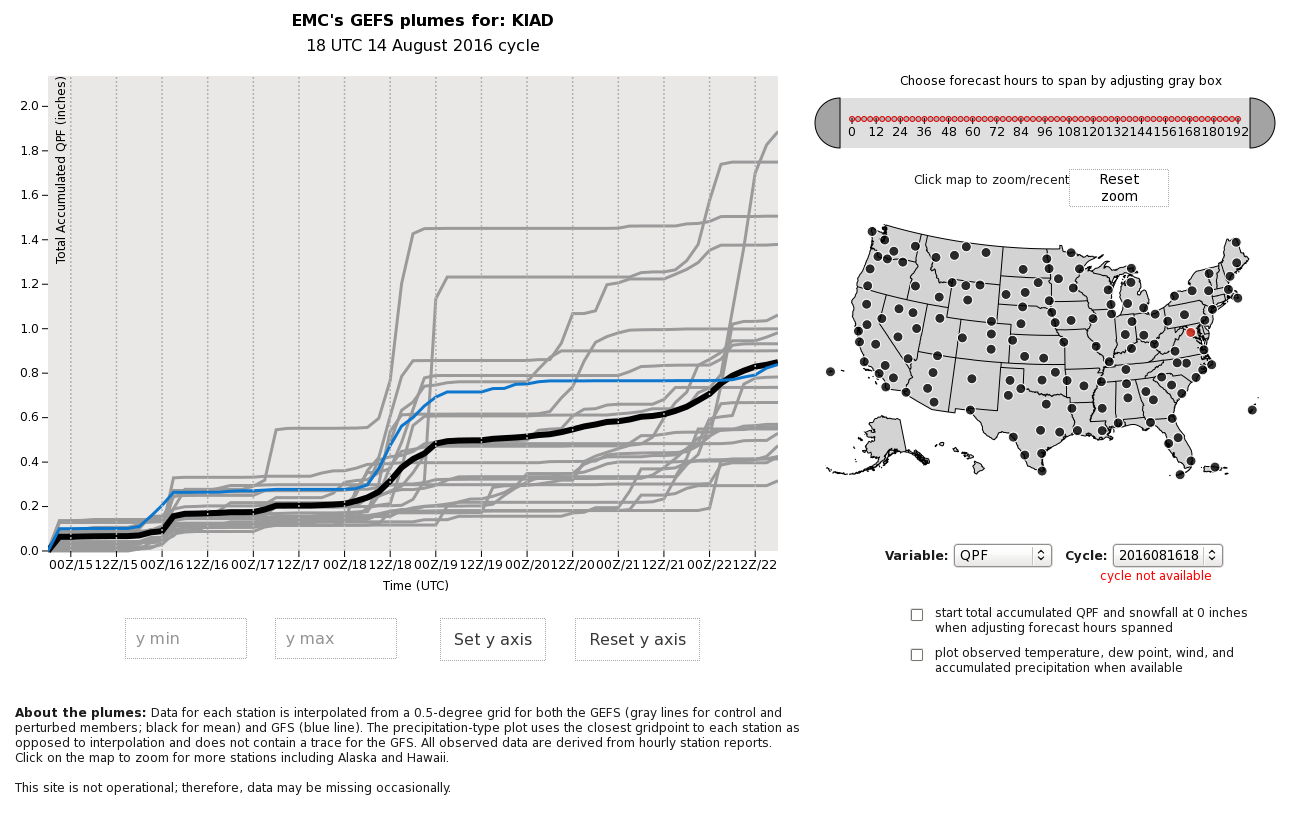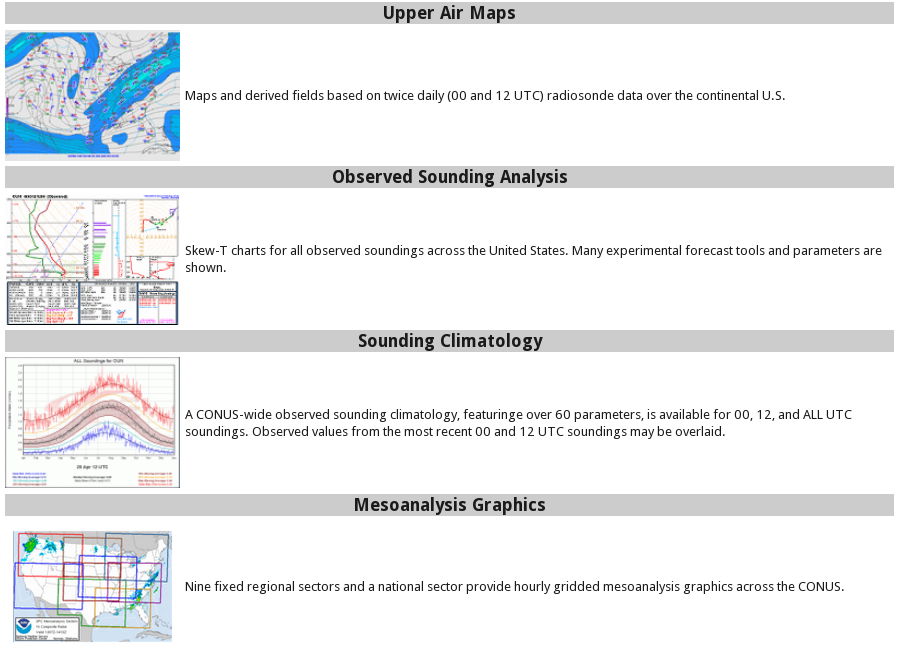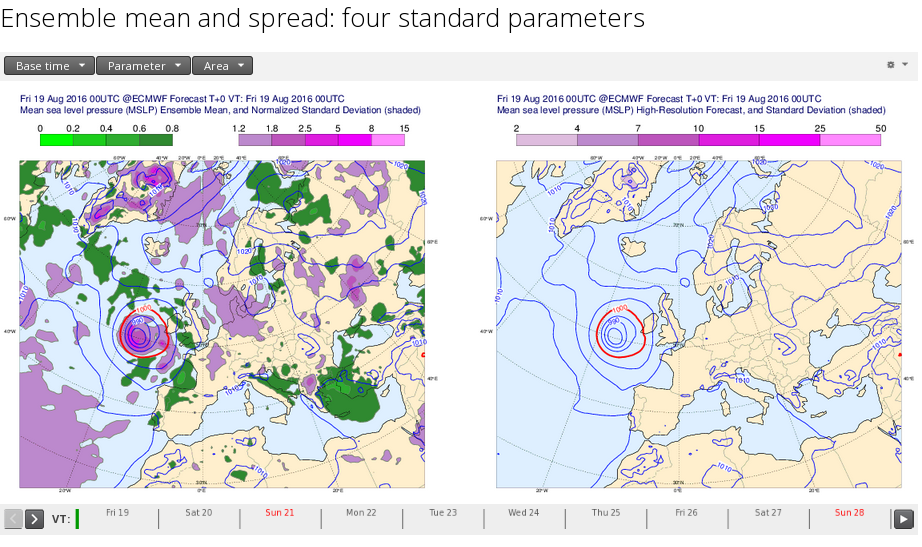Excessive Rainfall Discussion
NWS Weather Prediction Center College Park MD
1204 PM EDT Mon Jul 7 2025
Day 1
Valid 16Z Mon Jul 07 2025 - 12Z Tue Jul 08 2025
...THERE IS A MODERATE RISK OF EXCESSIVE RAINFALL ACROSS PORTIONS
OF THE HILL COUNTRY OF TEXAS...
...South Central Texas...
After coordination with WFOs San Antonio and San Angelo (Texas),
this special update was created to add a targeted MDT risk for
portions of the Texas Hill Country. Although morning CAMs (pre-12Z
runs) are struggling to resolve the current activity, there is
enough signal, despite timing and placement differences, in the
guidance that concern is elevated for a MDT risk.
A 700mb trough aligned SW to NE will string out across central
Texas through today and remain nearly in place through the evening.
Into this trough, impressive convergence will focus as return flow
emerges out of the Gulf while NW flow concurrently progresses from
the Southern Rockies. Not only will this force ascent, but
examination of CIRA ALPW percentiles reveals that elevated PW
in the low levels (sfc-850mb above the 95th percentile) shifting
NW while PWs in the 700-500mb layer also above the 95th percentile
drop SE. This will force intense moisture confluence into this
trough axis, and the result is very weak 0-6km mean winds of just 5
kts with anti-parallel Corfidi vectors of 10-15 kts. This suggests
that as convection blossoms during the next few hours storms
should move slowly and generally drift W/SW across the Hill
Country. This results in both HREF and REFS probabilities that
reach 60% and 30%, respectively (06Z runs) for 5" of rainfall
through the evening, despite uncertainty in the individual CAMs.
Rainfall already this morning has been expanding with radar-
estimated rainfall rates above 3"/hr, and as instability climbs
this aftn, expect these rain rates to continue as PWs remain above
2 inches. These slow moving storms with these intense rain rates
will additionally move atop extremely vulnerable soils due to 72-hr
rainfall that has been 5-15", causing catastrophic flash flooding
over the weekend and resulting in saturated 0-10cm RSM from NASA
SPoRT and FFG below 2"/3hrs. Any storms that move across this
extremely vulnerable region will rapidly cause flash flooding, some
of which could be significant if cells repeat or stall over the
already hard-hit regions.
...Mid-Atlantic...
Post Tropical Cyclone Chantal, currently centered over southeast
Virginia will gradually accelerate northeastward this afternoon as
it gets picked up by an approaching longwave trough from the west.
Despite the slow acceleration, significant rainfall is still likely
along and north of the track which could result in flash flooding
through tonight.
As Chantal lifts northeast, the accompanying tropical environment
will advect with it. PWs measured via 12Z U/A soundings were near
daily records at both IAD and OKX, with deep saturation noted
through and above 500mb. This will support extremely efficient rain
rates in the vicinity of Chantal today, with 2+"/hr rates probable
(>50%) along and east of the track of this weakening depression. As
instability climbs this afternoon, convective coverage near Chantal
will expand as reflected by the available CAMs, and there may be
two areas of maximum rainfall today. The first will be along the
track of Chantal where the efficient rain rates driven by warm rain
collision processes will train through weak Corfidi vectors and
850mb inflow that may exceed the otherwise weak mean 0-6km winds.
Additionally, there is likely to be an axis of heavy rain extending
northeast from Chantal where onshore S/SE flow impinges into a
surface trough driving strong mass convergence and moisture
confluence. Storms along this boundary will likely regenerate and
train to the northeast, providing additional focus for an axis of
heavy rainfall.
With rain rates expected to peak above 2"/hr, there is likely to be
a corridor of rainfall today exceeding 3" (60%+ chance from both
HREF and REFS) with locally above 5" possible as reflected by
20-30% probabilities and 20-hr PMMs. The greatest risk for the
heaviest rainfall appears to be focused from the DelMarVa northeast
through NJ and southern Upstate NY. The slight risk was adjusted
cosmetically across this area, and locally some higher-end slight
risk type impacts are possible, especially for eastern MD/DE this
aftn, where training along the surface trough will be followed by
the center of Chantal, enhancing the rainfall and flash flood
risk.
...Northeast back into the Ozarks...
Broad 500mb trough extending from New England back into the Mid-
South will push a cold front steadily southeast today before
stalling tonight. This front is progged to reach as far as eastern
Maine before D2, angling SW through the eastern Ohio Valley and
Mid-Mississippi Valley. Along this front, a weak shortwave will
lift northeast along the low-level baroclinic gradient, with at
least modest upper diffluence from the distant tail of an upper jet
streak also providing ascent.
The result of this setup will be broad but locally impressive deep
layer lift from Arkansas through Maine, leading to scattered to
numerous thunderstorms developing during the afternoon/evening.
These thunderstorms will blossom within a corridor of robust
thermodynamics characterized by PWs of 1.75 to 2 inches, or as much
as +2.5 sigma according to GEFS standardized anomalies, overlapping
MUCAPE of 1000-2000 J/kg. This will support rain rates that have a
high chance (40-70%) of exceeding 1"/hr, with locally higher than
2"/hr also possible.
There remains some concern about the coverage of convection today
as the CAMs are generally modest and inconsistent. However, the
overlap of impressive deep layer lift into the strong PW/CAPE
should support at least scattered, if not numerous thunderstorms
today. With rain rates likely reaching 1-2"/hr and training
expected along the front, this could result in instances of flash
flooding anywhere along the boundary. There appears to be a locally
higher risk from eastern Ohio into Upstate New York where training
may be more impressive and bulk shear reaches 25 kts to support
more organization than along other portions of the front. This is
also where the HREF and REFS 3"/24hr and 5"/24 hr probabilities
peak, so the inherited SLGT risk was just adjusted cosmetically
across this area.
There is also the potential for some higher rainfall over the
Ozarks where the CAMs suggest the potential for some more organized
convection tonight on the tail end of the front as it stalls over
northern AR. This could be collocated with a weak shortwave moving
through the flow and the increasing 850mb LLJ which, while
remaining of modest intensity 15-20 kts, could lead to some
impressive convergence to enhance and temporally extend rainfall.
At this time, confidence is not high enough for an upgrade, but
this area will need to be monitored for a possible SLGT risk later
today/tonight.
...Northern Plains and Upper Midwest to the Central Plains...
A mid-level trough axis will push across the Northern Plains this
evening, reaching the Upper Midwest by the end of D1. This will
drive a surface cold front south and a wave of low
pressure/surface trough east at the same time. Additional ascent
will be provided by a modest jet streak pivoting across the
northern Great Lakes, but with well aligned RRQ diffluence atop the
eastward translating trough axis. This ascent will impinge into a
moistening column where 850mb inflow from the S/SW reaches 15-20
kts, driving PWs to above 1.5", or around +1 sigma above the
climatological mean.
Convection that arises from this evolution will have the potential
to produce rainfall rates above 1"/hr, with organization into
clusters likely as 0-6km bulk shear rises to 30-40 kts. 0-6km mean
winds of 15-25 kts aligned with rapid Corfidi vectors which are
generally perpendicular to the boundary suggest training will be
minimal and the fast motion should limit the overall flash flood
risk. However, locally enhanced training along any outflows or
cluster boundaries could cause isolated heavier rainfall exceeding
3 inches in a few areas, with a locally higher potential for this
across parts of Nebraska. However, at this time confidence is not
high enough for any upgrades as these higher probabilities in
general lay atop drier soils with higher infiltration capacity.
Still, these intense rain rates could cause at least isolated
impacts anywhere within the MRGL risk area today and tonight.
...Southwest and Southern Rockies/High Plains...
Isolated to scattered showers and thunderstorms will develop around
the periphery of a mid-level ridge today, blossoming across CO and
NM before shifting southeast through the day. Although coverage is
not expected to be widespread, any showers and thunderstorms that
develop could produce briefly heavy rain rates above 0.5-1"/hr,
with motions initially slow during development, especially across
higher terrain features. Eventually, storms should move more
progressively S/SE off the terrain, limiting the overall flash
flood risk. However, should any slow moving storm (during
initiation) or faster cell with intense rain rates move atop
sensitive terrain or vulnerable burn scars, isolated instances of
flash flooding could result.
Weiss
Day 1 threat area:
www.wpc.ncep.noaa.gov/qpf/94epoints.txt
Excessive Rainfall Discussion
NWS Weather Prediction Center College Park MD
1204 PM EDT Mon Jul 7 2025
Day 2
Valid 12Z Tue Jul 08 2025 - 12Z Wed Jul 09 2025
...THERE IS A MARGINAL RISK OF EXCESSIVE RAINFALL FROM THE NORTHEAST
AND MID ATLANTIC THROUGH THE TENNESSEE VALLEY, AND FROM THE UPPER
GREAT LAKES TO THE CENTRAL AND SOUTHERN PLAINS, AND ACROSS PORTIONS
OF THE SOUTHWEST, SOUTHERN ROCKIES, AND HIGH PLAINS...
...Northeast through the Tennessee Valley...
Deep moisture ahead of a slow-moving front will continue to provide
fuel for training storms and potentially heavy amounts as it slips
further south across the Northeast and the Mid Atlantic. Further to
the west the front is expected to return north ahead of a shortwave
moving into the lower Ohio Valley. A broad Marginal Risk was
maintained for now, however embedded upgrades to a Slight Risk may
be forthcoming in future issuances with the arrival of new
guidance. This may include portions of the Mid Atlantic to coastal
New England. The airmass will remain quite moist (PWs 1.75-2
inches), with some of the guidance indicating an uptick in
southerly low level inflow and moisture across the region.
Away from the front, the Marginal Risk was extended further south
to include portions of the eastern Carolinas. A lot of the guidance
shows a low level trough becoming the focus for deeper moisture and
afternoon-developing, slow-moving storms. This may include some of
the areas impacted by heavy rains associated with Chantal.
...Upper Great Lakes to the Southern and Central Plains...
A mid-to-upper level shortwave will move out of the Mississippi
Valley and into the Great Lakes and lower Ohio Valley this period.
This will drive its associated frontal boundary and preceding
plume of deeper moisture further south and east across the region.
Similar to areas further east, a broad Marginal Risk was
maintained, recognizing that embedded Slight Risk area(s) may be
forthcoming if confidence increases as newer guidance arrives. One
potential area centers over the Ozark Region into the mid
Mississippi Valley, where deeper moisture and the ascent provided
by a mid level shortwave moving through the base of the broader
scale trough may generate more widespread heavier amounts.
......Southwest and Southern Rockies/High Plains...
Similar to the previous day, another daily round of showers and
thunderstorms are expected to develop and move east from the
central New Mexico ranges into the High Plains. Some isolated to
scattered storms are expected to develop further southwest across
southeastern Arizona as well. Isolated areas of flash flooding will
remain a concern, especially across burn scar, complex terrain,
and poor drainage areas.
Pereira
Day 2 threat area:
www.wpc.ncep.noaa.gov/qpf/98epoints.txt


